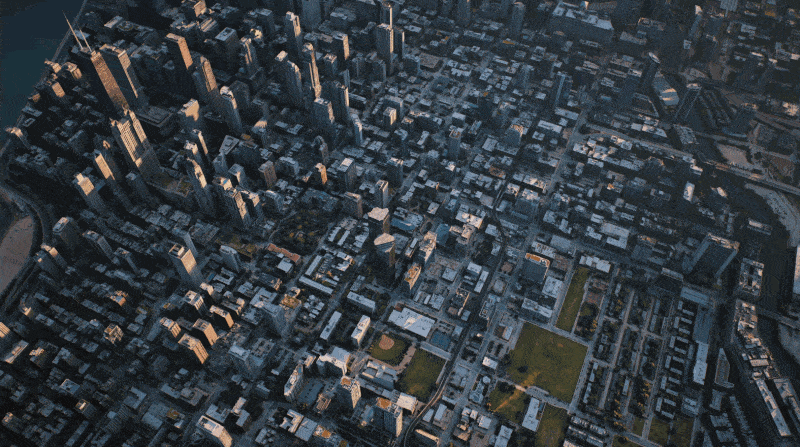
We're excited to announce the new release of D5 Render for Teams - a breakthrough update designed to revolutionize team collaboration in 3D visualization. Whether you're working on architectural collaboration, product design, or virtual production, this release delivers the tools you need for seamless teamwork online!
Key enhancements include:
• Cesium Integration for seamlessly integrating real-world geospatial context
• Enhanced XR Tour capabilities for immersive design reviews
This update addresses the core challenges of modern design teams - reducing feedback cycles and enabling smooth teamwork online across locations. With D5 Render 2.11 Team Edition, we're not just upgrading software - we're redefining how creative teams collaborate in 3D collaboration space. Keep reading to discover how these cutting-edge features are revolutionizing modern design workflows.

1. Cesium Integration for Smarter Team Collaboration
D5 Render 2.11 takes team collaboration to new heights with its seamless Cesium Integration.
For those new to Cesium, it's an open-source JavaScript library designed for creating high-performance 3D geospatial visualizations in web browsers. Powered by WebGL, Cesium enables smooth, hardware-accelerated globe and map rendering—no plugins needed. Ideal for urban planning, digital dashboards, and architectural collaboration projects, it supports massive datasets, including terrain, imagery, and 3D models, making it perfect for real-world design reviews in D5 Render.
Now, imagine this power directly embedded in your D5 workflows—where stunning 3D scenes meet real-world geographic precision. That's the future of teamwork online collaborative design.
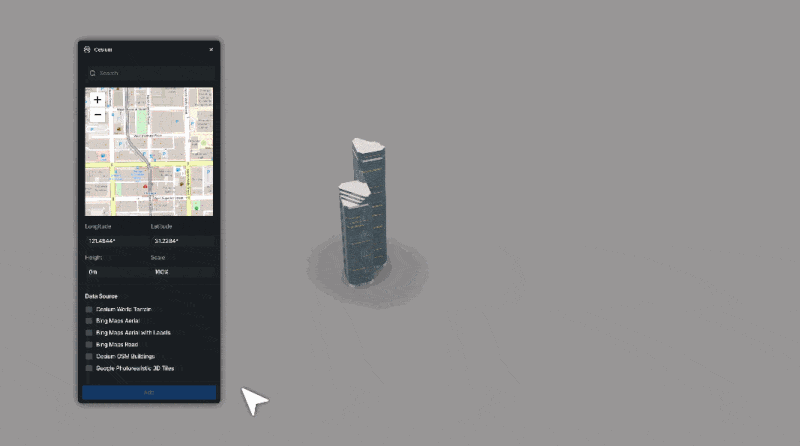
1.1 How does Cesium Integration Work for Teams?
D5 Render 2.11's seamless Cesium Integration revolutionizes team collaboration by offering:
- Cloud collaboration: Teams can import 3D terrain, buildings, and GIS data directly into D5 scenes using Cesium's cloud-based services (internet access and access tokens required). This eliminates manual modeling delays, and teams across different locations can access the same geographically accurate environment, with data loaded in real time—perfect for architectural collaboration across time zones..
- 3D Collaboration in Context: Architects and urban planners can now assess designs against real-world geospatial data, blending proposals with actual terrain and surroundings. This integration enables more informed decisions during collaborative sessions, with the added capability to render high-quality videos and images directly from the contextualized 3D environment.
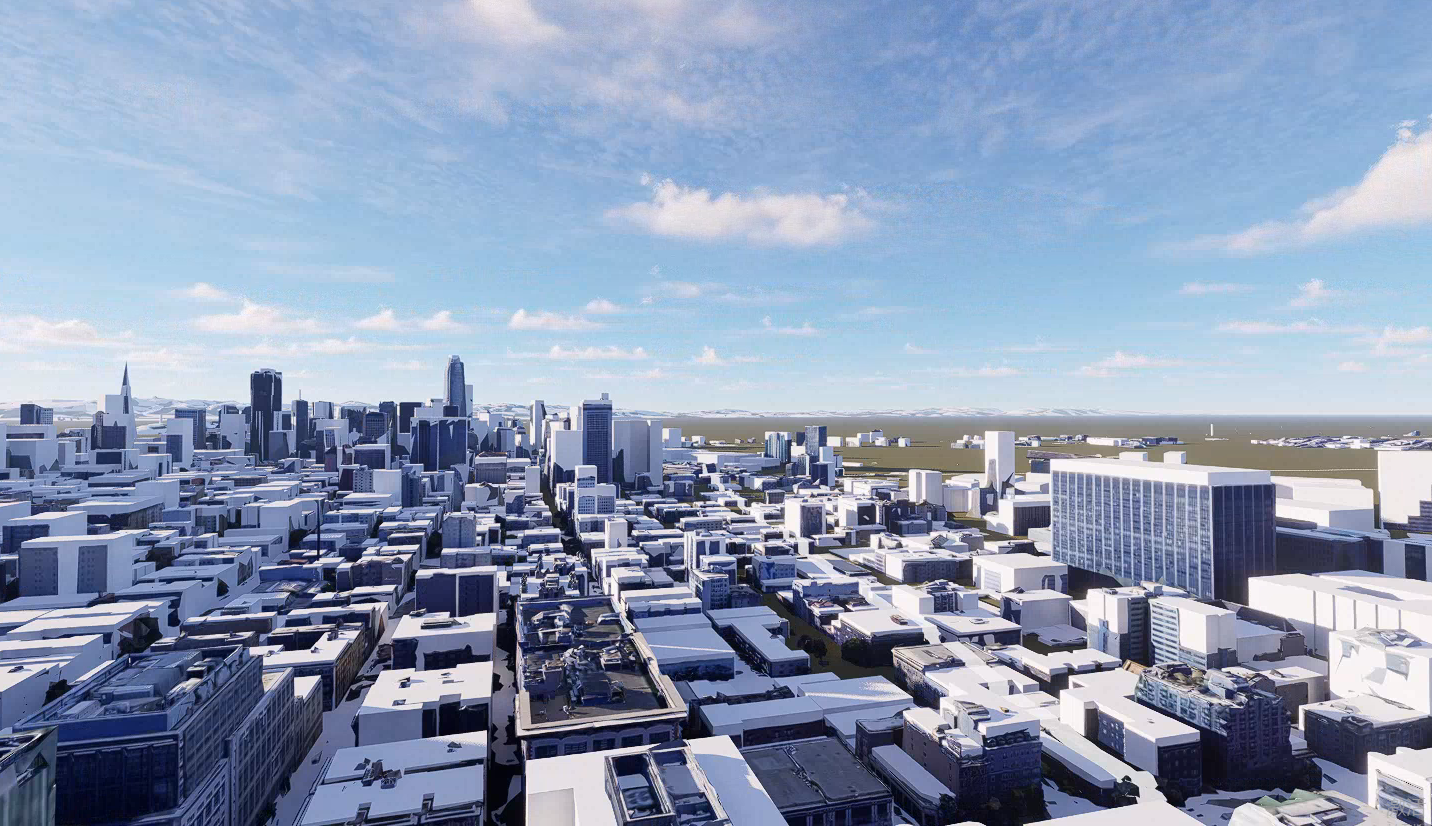
1.2 Key Benefits for Teamwork Online
D5 Render 2.11's Cesium Integration solves three major collaboration challenges:
- Terrain Consistency: All team members access identical geospatial datasets, eliminating version conflicts in terrain models that previously required manual reconciliation during collaborative projects.
- Accelerated Validation: Real-world context integration enables faster design verification by allowing teams to visualize designs in a shared 3D collaboration spaces.
- Streamlined Communication: Cloud-synchronized visual references reduce reliance on text-based coordination, allowing teams to resolve spatial questions directly within the 3D environment.
Imagine an architect in Singapore importing Cesium terrain data for a skyscraper project and sharing it via D5's cloud collaboration platform with colleagues in New York and London. All team members can interact with the same geographically precise 3D environment, enabling synchronized creativity, with distance posing no barrier.

2. XR Tour in D5 2.11: Revolutionizing Team Collaboration
D5 Render 2.11's Team Edition now introduces XR Tour – a game-changing feature that revolutionizes team collaboration through end-to-end 3D Gaussian Splatting (3DGS) technology. By capturing images or footage from various angles (via hemispherical or spherical templates) and processing them with machine learning, it generates browser-based 3D collaboration environments accessible on any device without specialized hardware. This feature is particularly beneficial for team collaboration and client presentations, especially for subscribers of D5 for Teams.
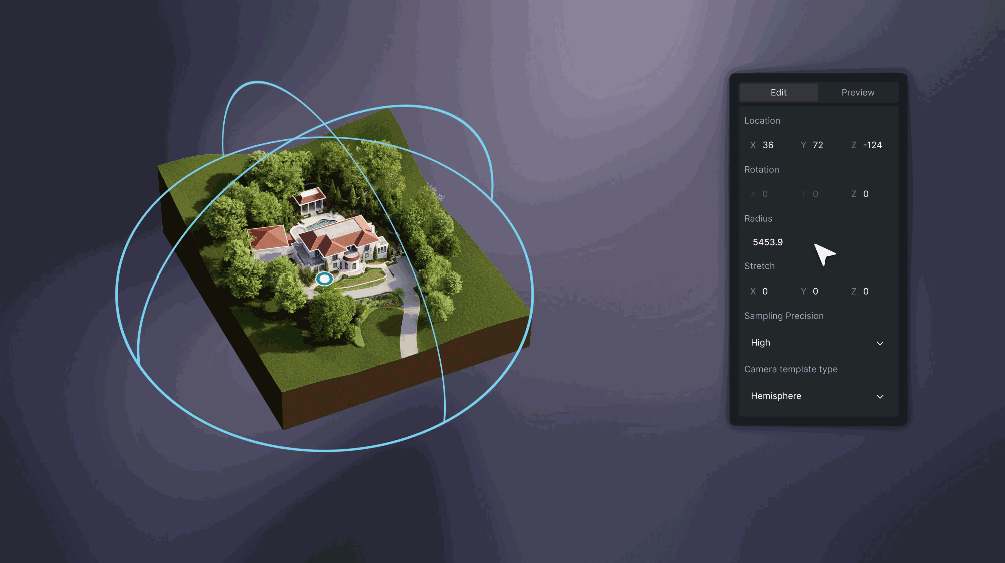
2.1 What it is and Why 3DGS Technology Matters
Picture this: You film a room with your smartphone. Traditional 3D reconstruction would give you a crude, slow-rendering model with missing details. 3DGS revolutionizes this process by representing every scene point as a "fuzzy sphere" (a Gaussian function) with precise color, position, size and transparency. These smart splats project onto 2D images to create photorealistic 3D reconstructions instantly.
The magic? Gaussian functions naturally produce buttery-smooth edges and rich details. Even better - with GPU acceleration, 3DGS achieves 30+ FPS rendering, making it perfect for VR/AR applications. The best part? No expensive gear needed - just regular photos/videos and D5 Render's powerful pipeline.
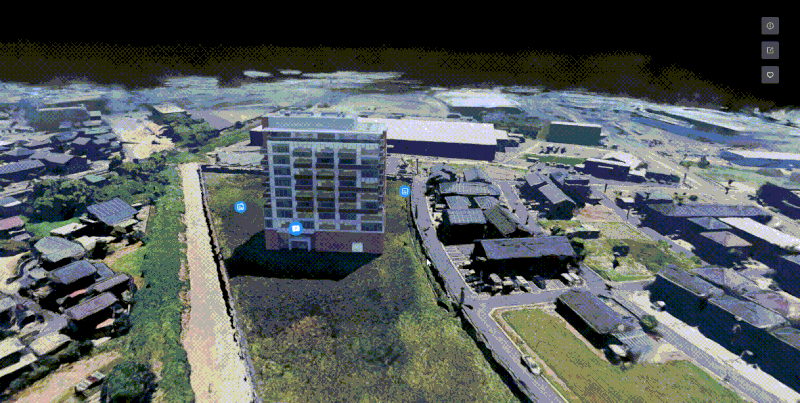
2.2 How XR Tour Helps Your Team
- Cross-Platform Accessibility: Stakeholders can explore 3D models via web browsers (using WebXR) or mobile devices, enabling seamless architectural collaboration across locations. No specialized gear—just a link.
- Photorealistic 3D Reconstruction: Upload multi-angle renders from D5's camera matrix templates (Hemispherical recommended for buildings, spherical recommended for products). The system rebuilds scenes as interactive 3D collaboration spaces with photorealistic detail.
- Real-Time Cloud Collaboration: Share XR tours via D5 Showreel links, where clients or teammates can experience and comment directly on panoramic views. Perfect for teamwork online scenarios like remote design reviews.
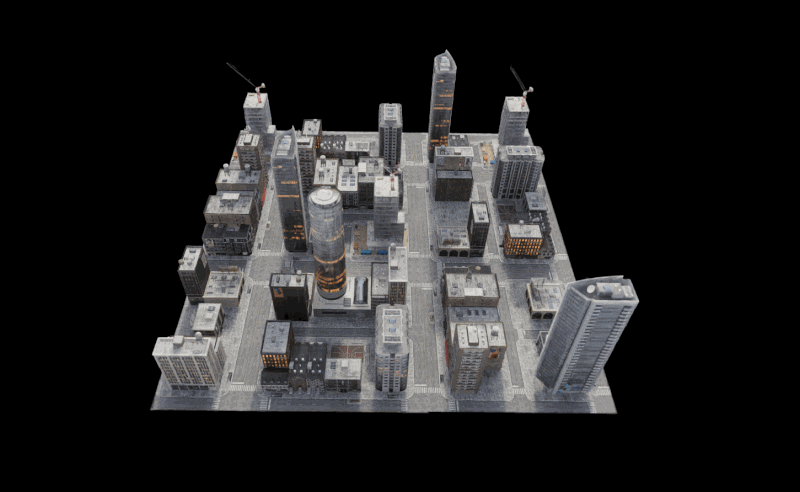
Experience a Photorealistic XR Tour in D5 Render >
The XR Tour feature redefines cloud collaboration by eliminating geographic barriers. Whether reviewing skyscraper designs or product prototypes, teams can now collaborate in photorealistic 3D collaboration environments with the simplicity of clicking a link - marking a new era in teamwork online efficiency.
3. Team Collaboration: Other Key Optimizations
D5 Render 2.11 also introduces several key workflow enhancements for teams, including multi-workset support.—allowing users to open and manage multiple worksets simultaneously for efficient cross-project referencing. Meanwhile, the asset library now features search & filtering, enabling quick access to specific materials or models without manual browsing.
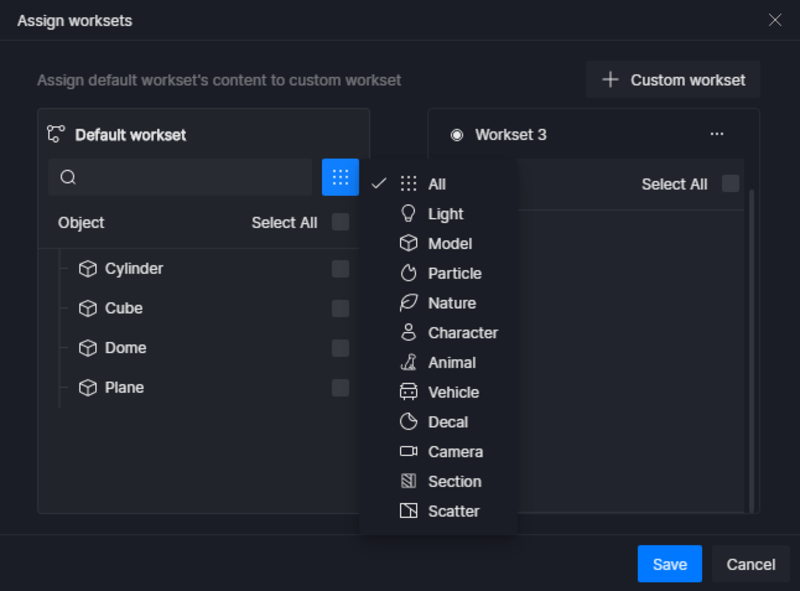
Additionally, teams can leverage 6K and 8K video output for ultra-high-resolution presentations, ensuring cinematic-quality deliverables for client reviews or marketing assets. These optimizations streamline collaborative workflows while maintaining D5's signature real-time rendering performance.

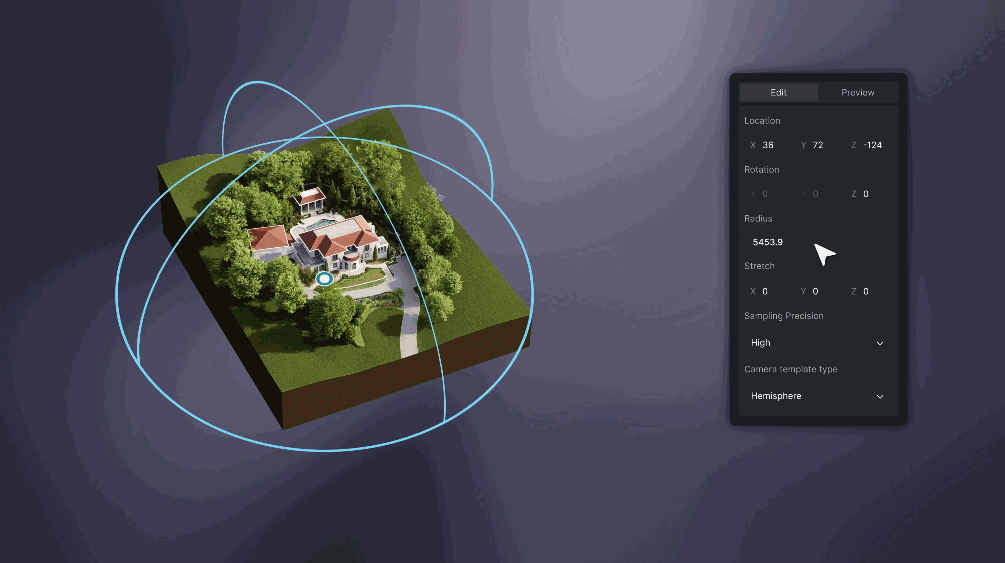



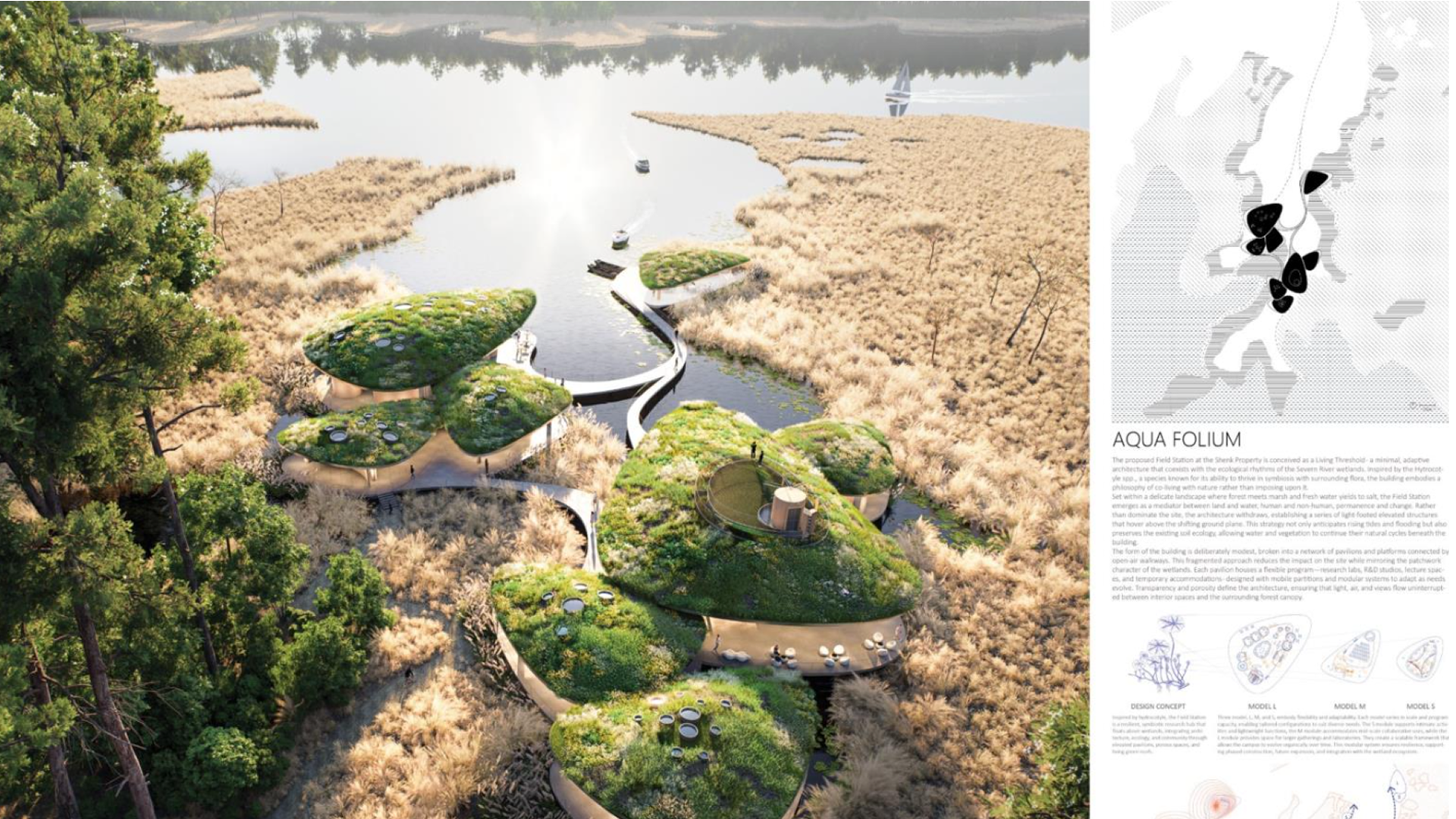
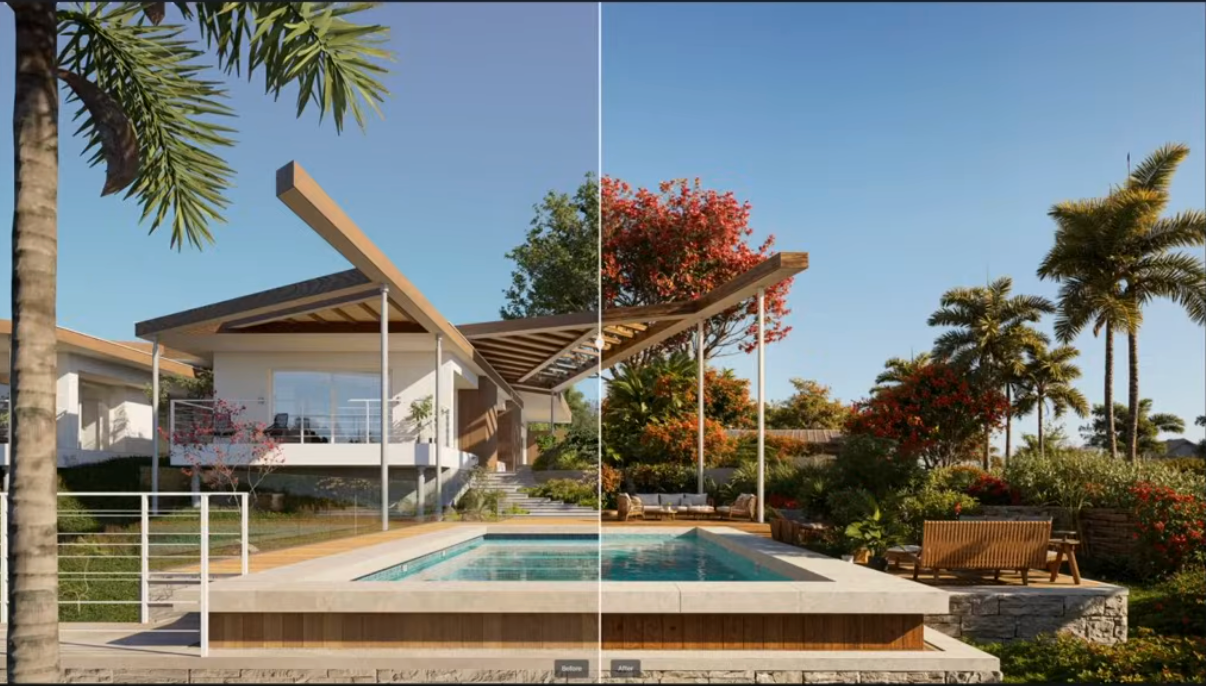

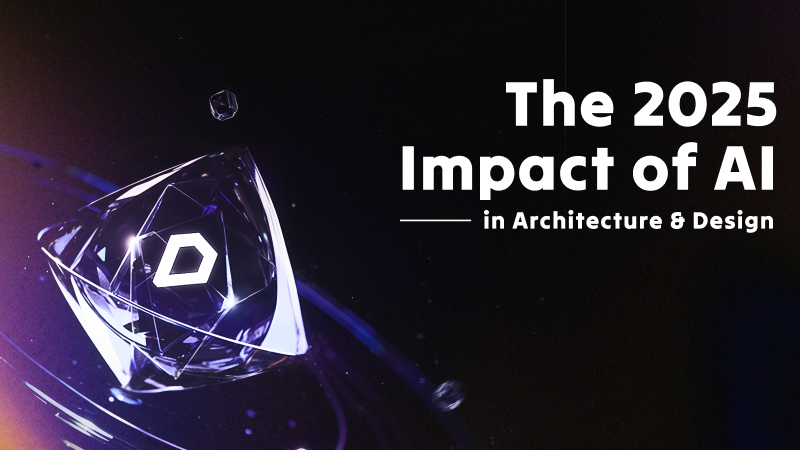
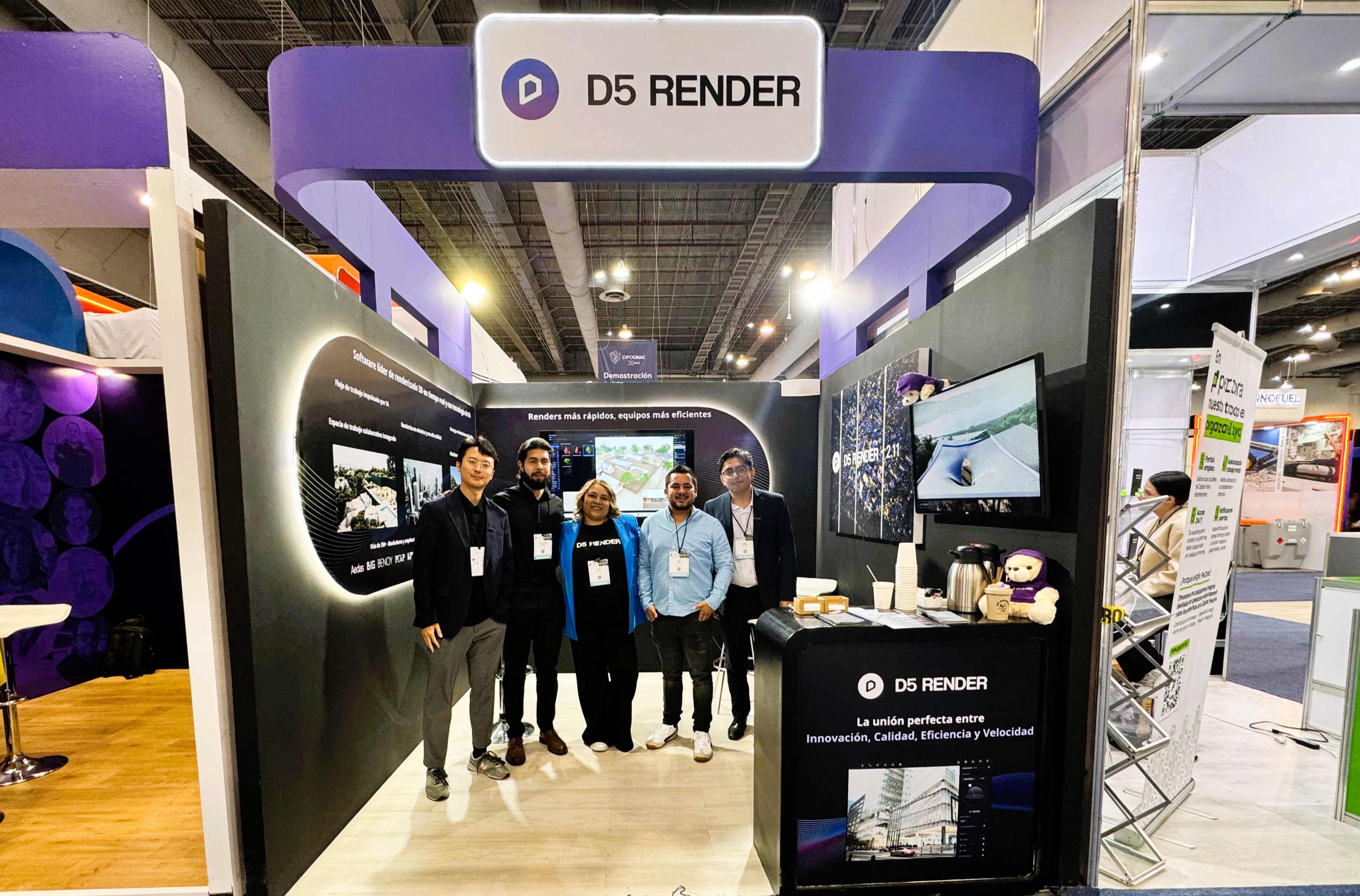
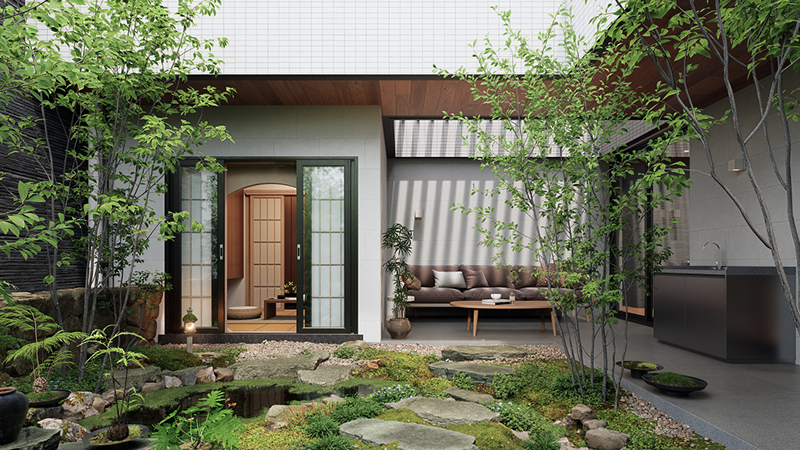
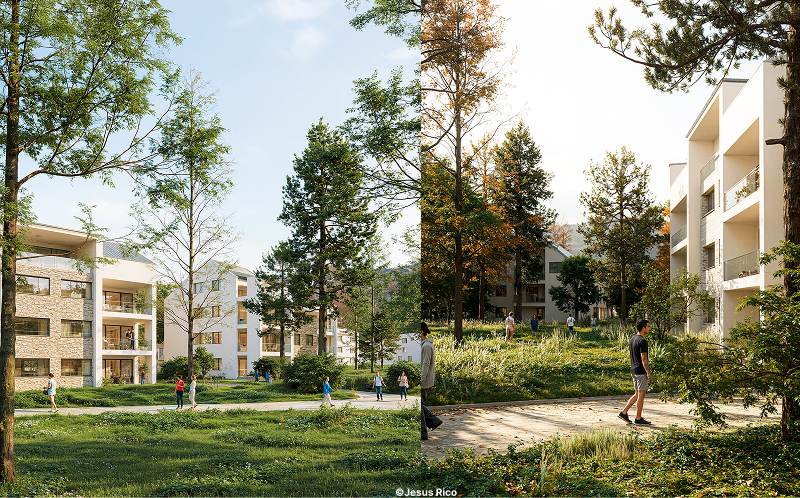
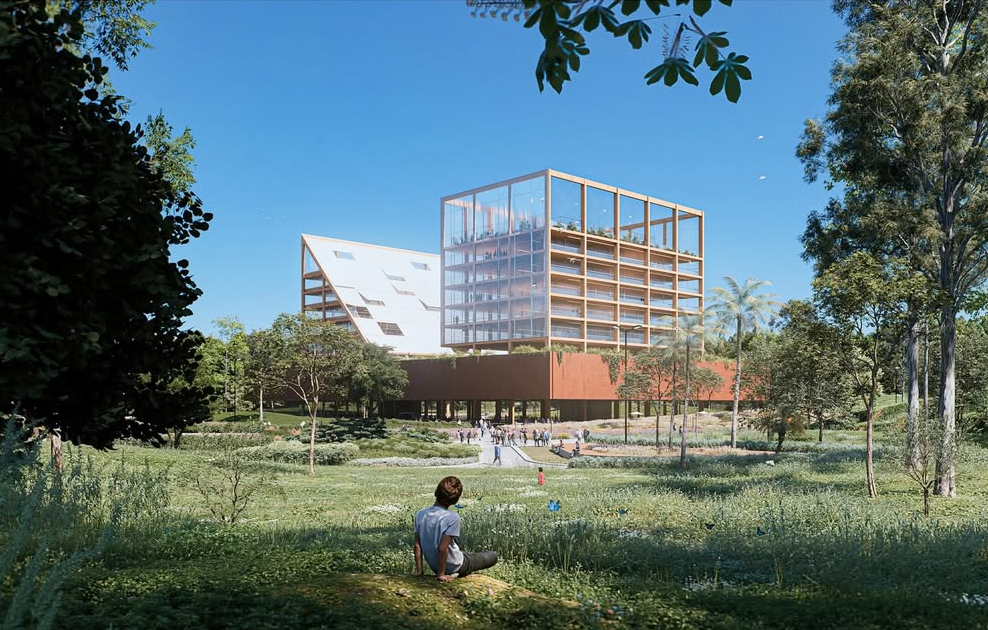
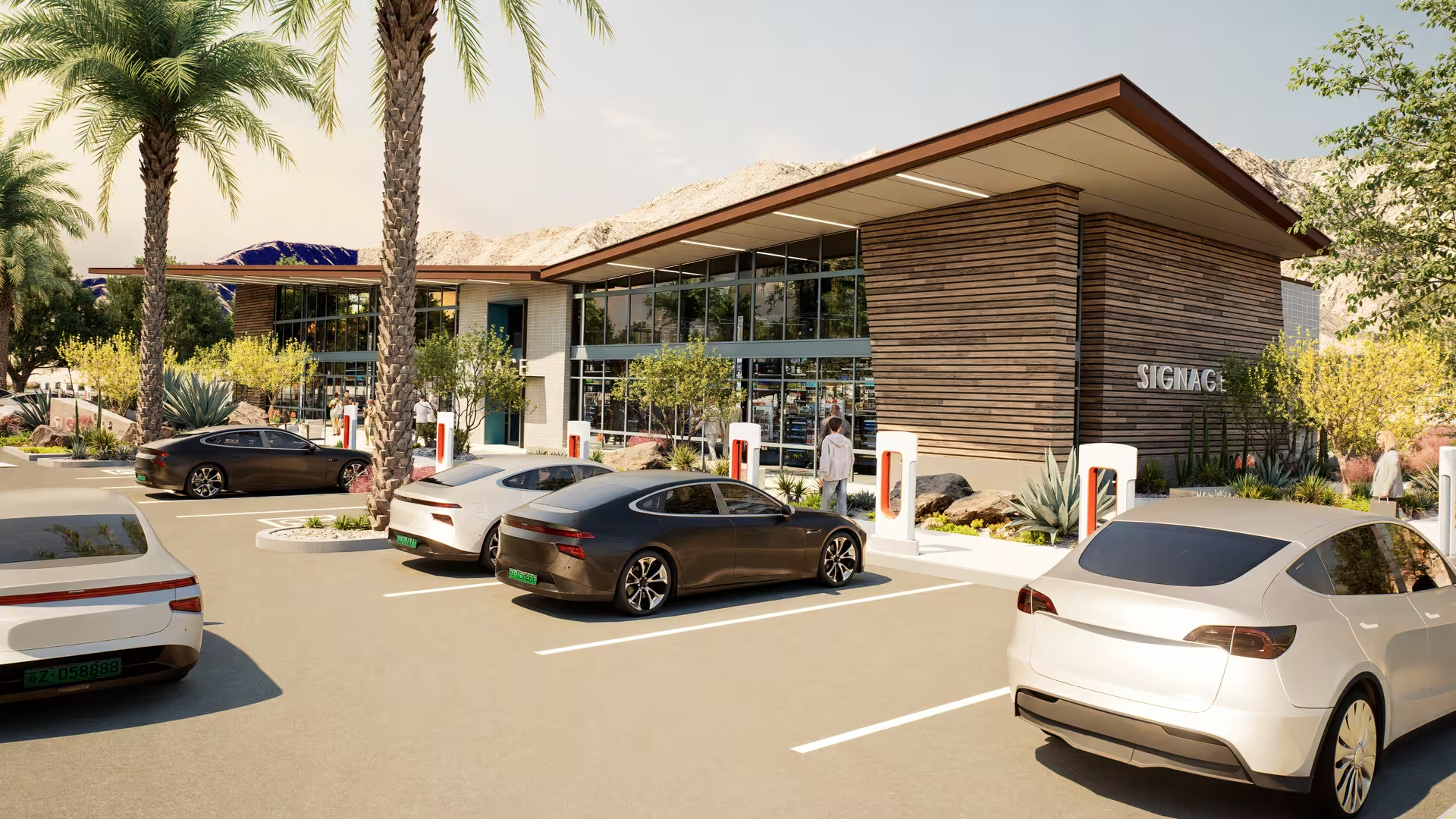
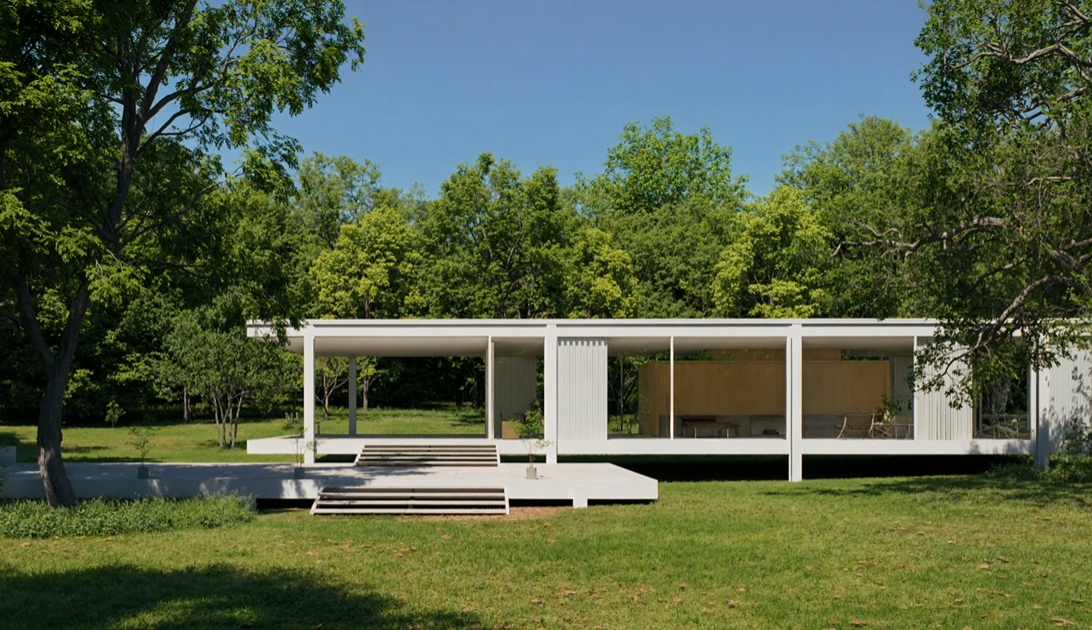
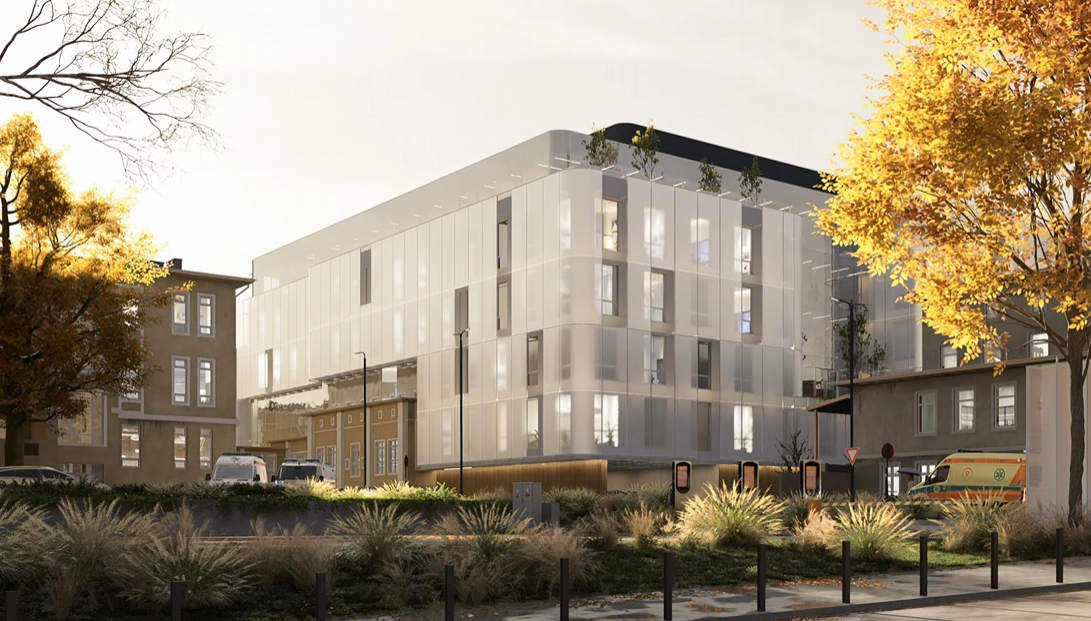
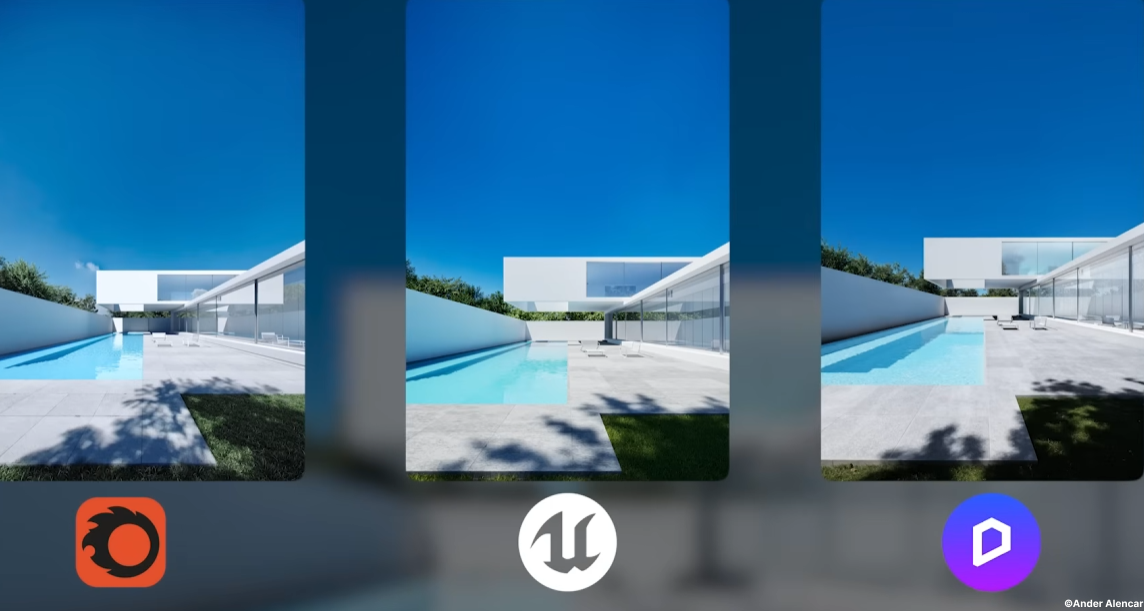
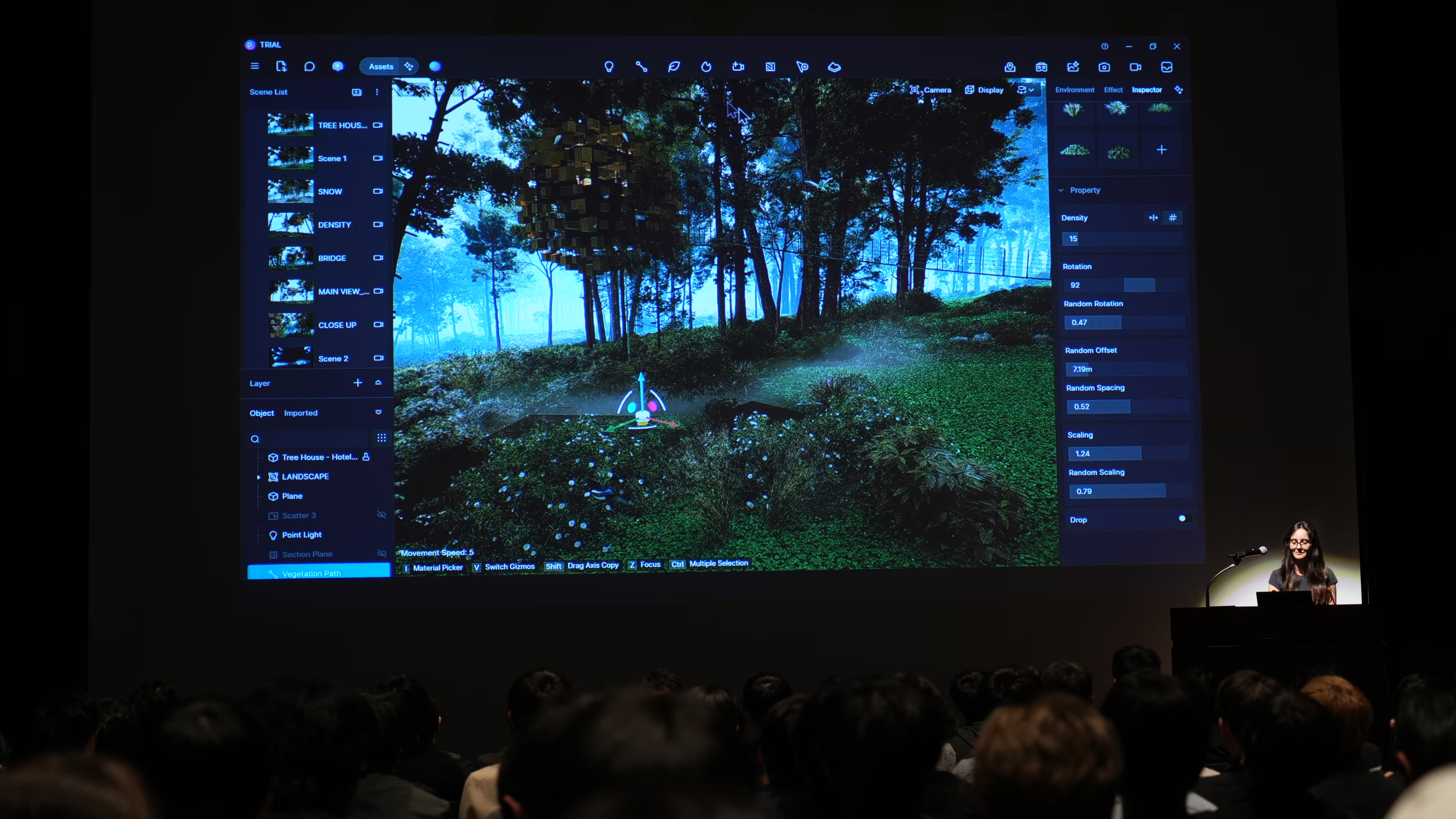
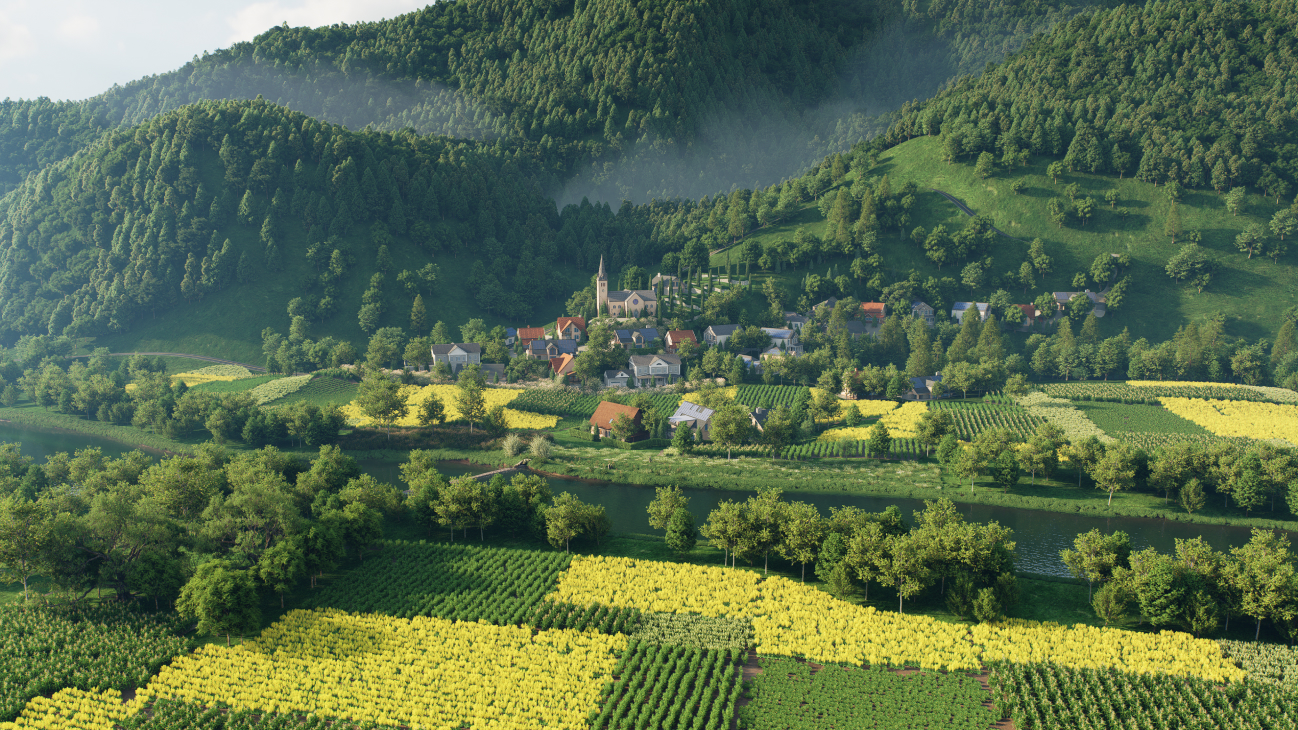
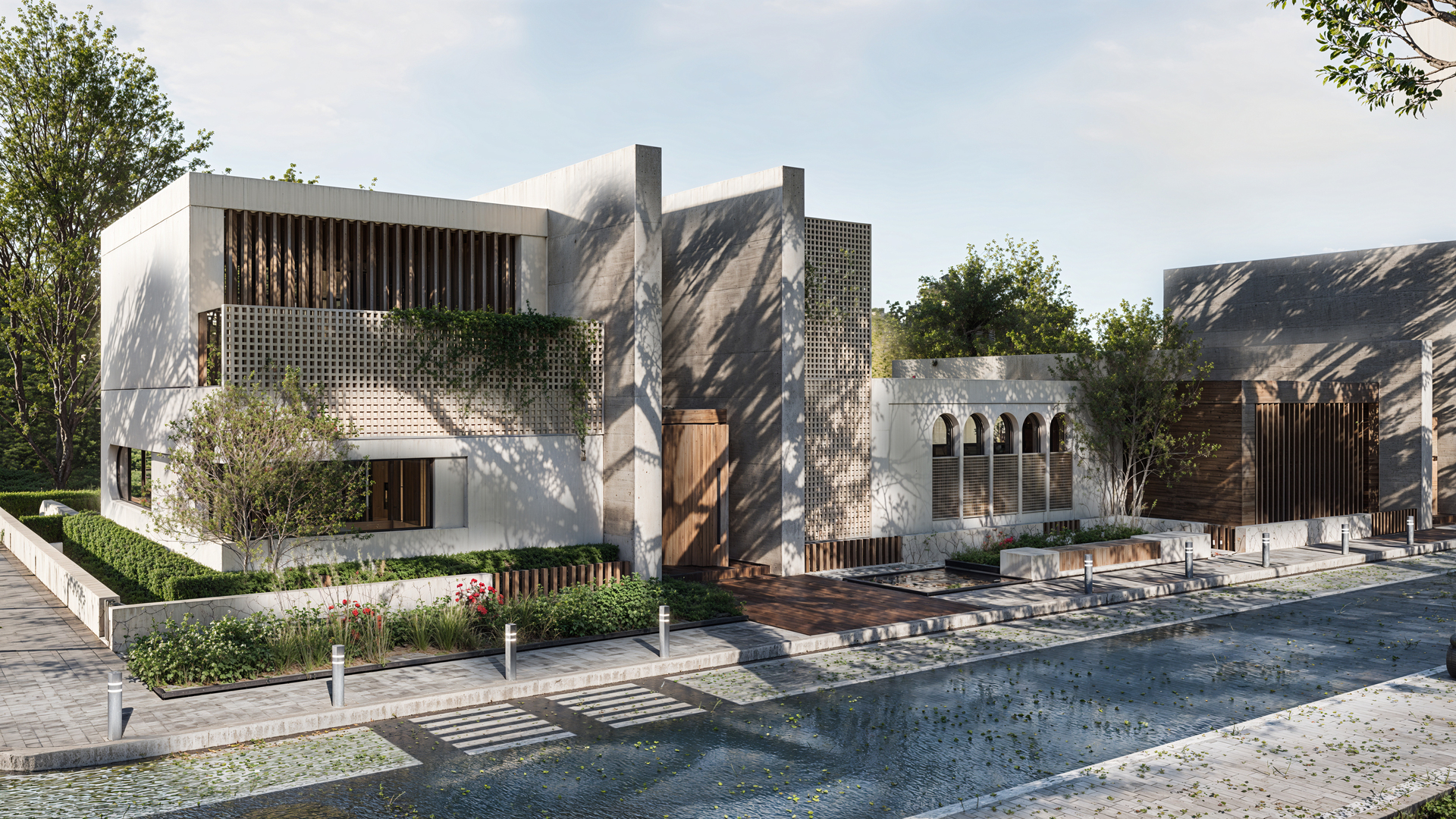
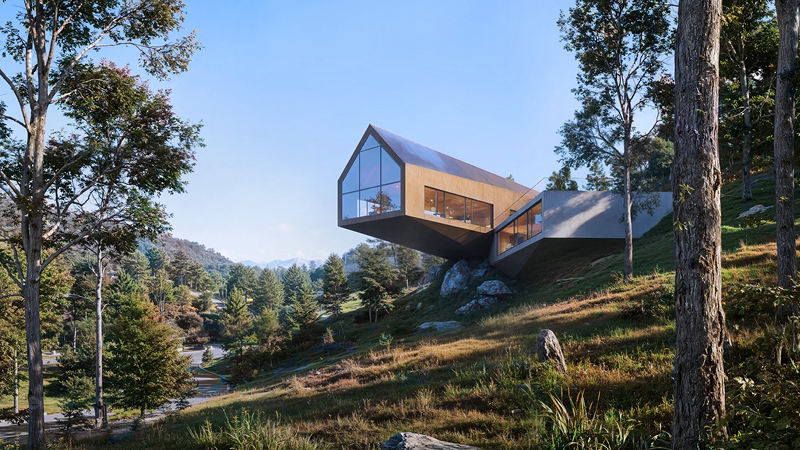
%20(1).png)
.png)
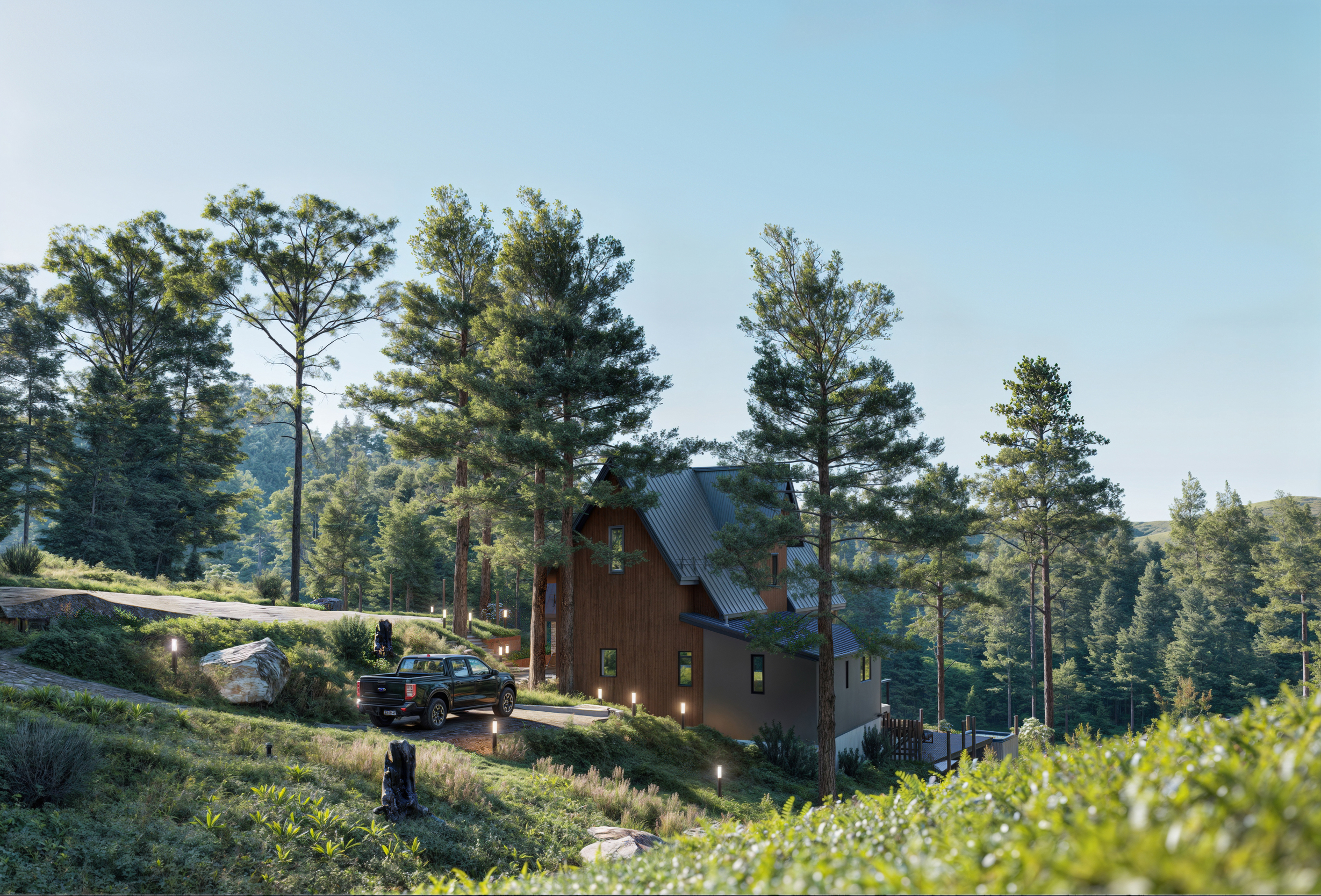
.png)

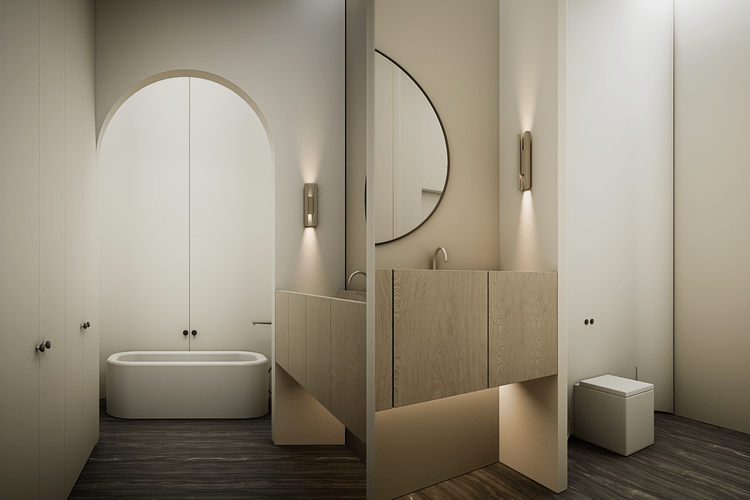
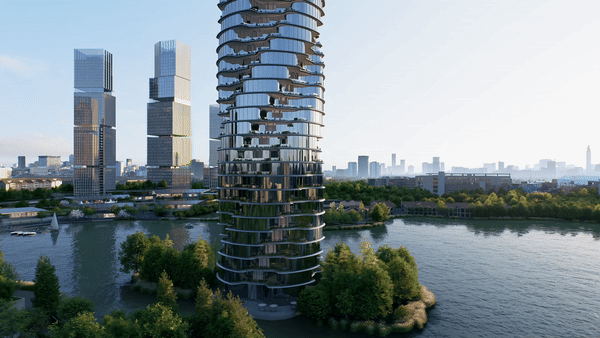
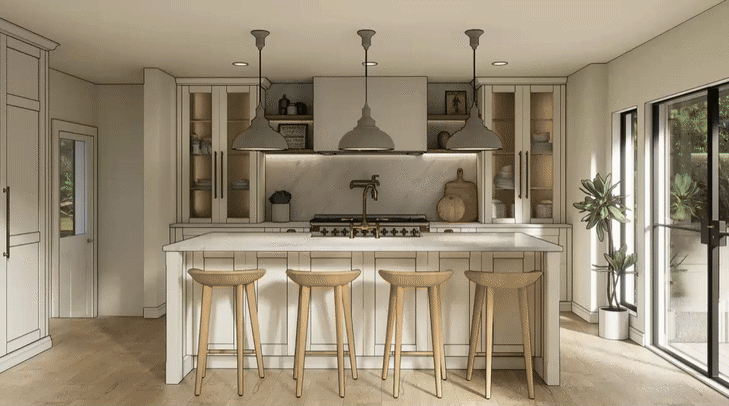
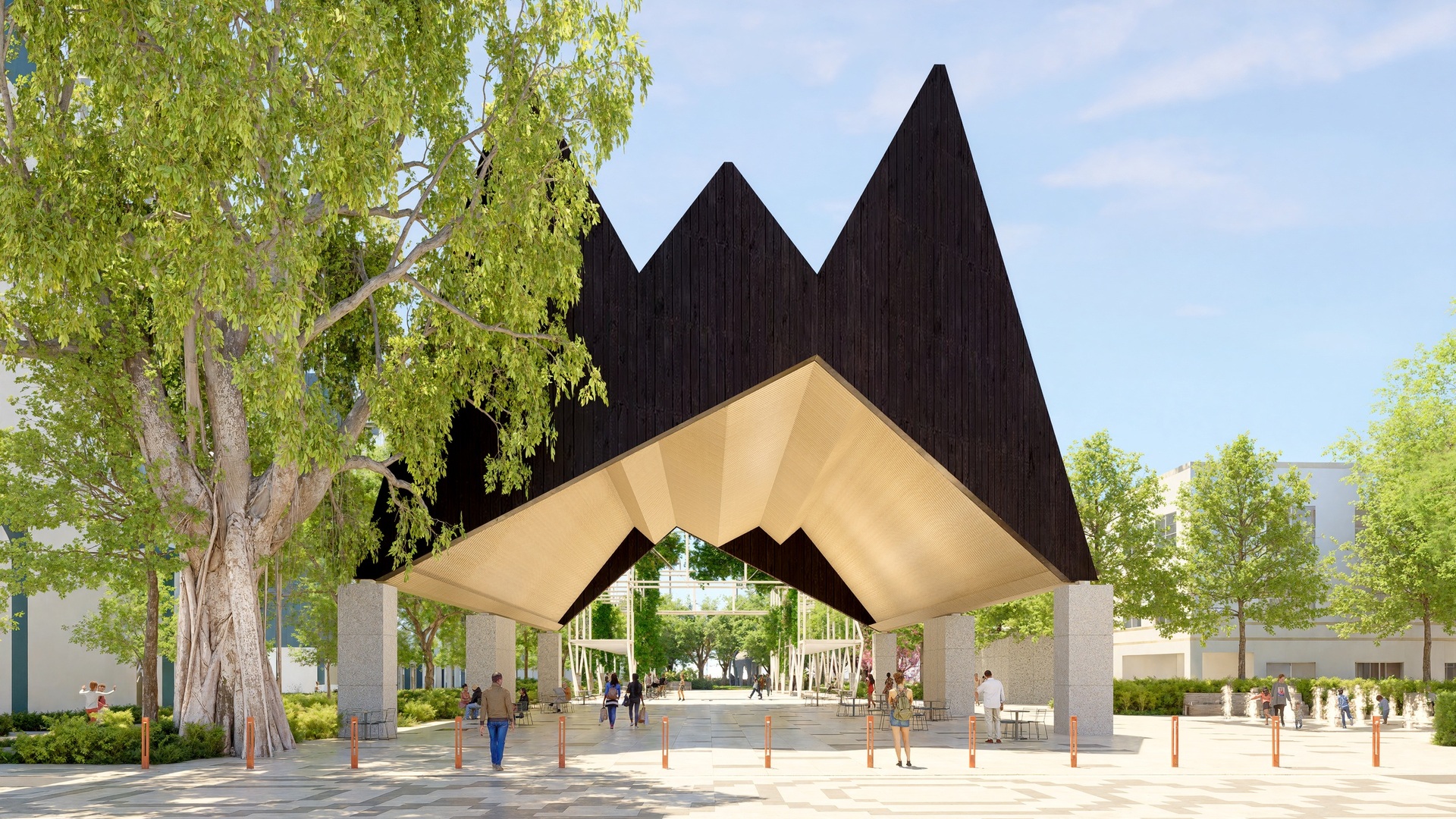

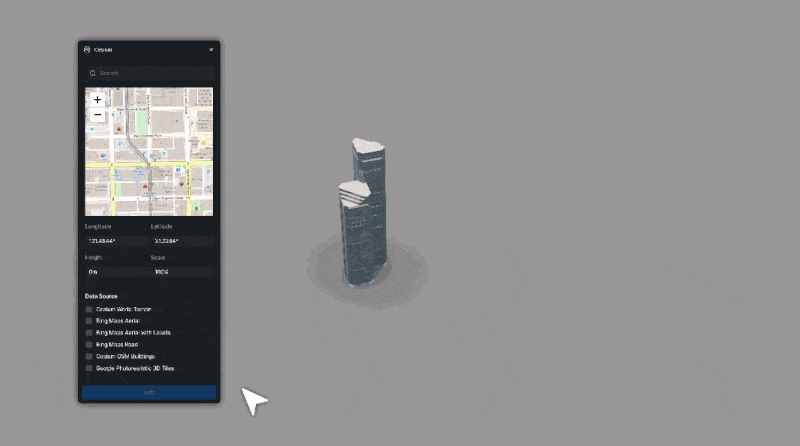
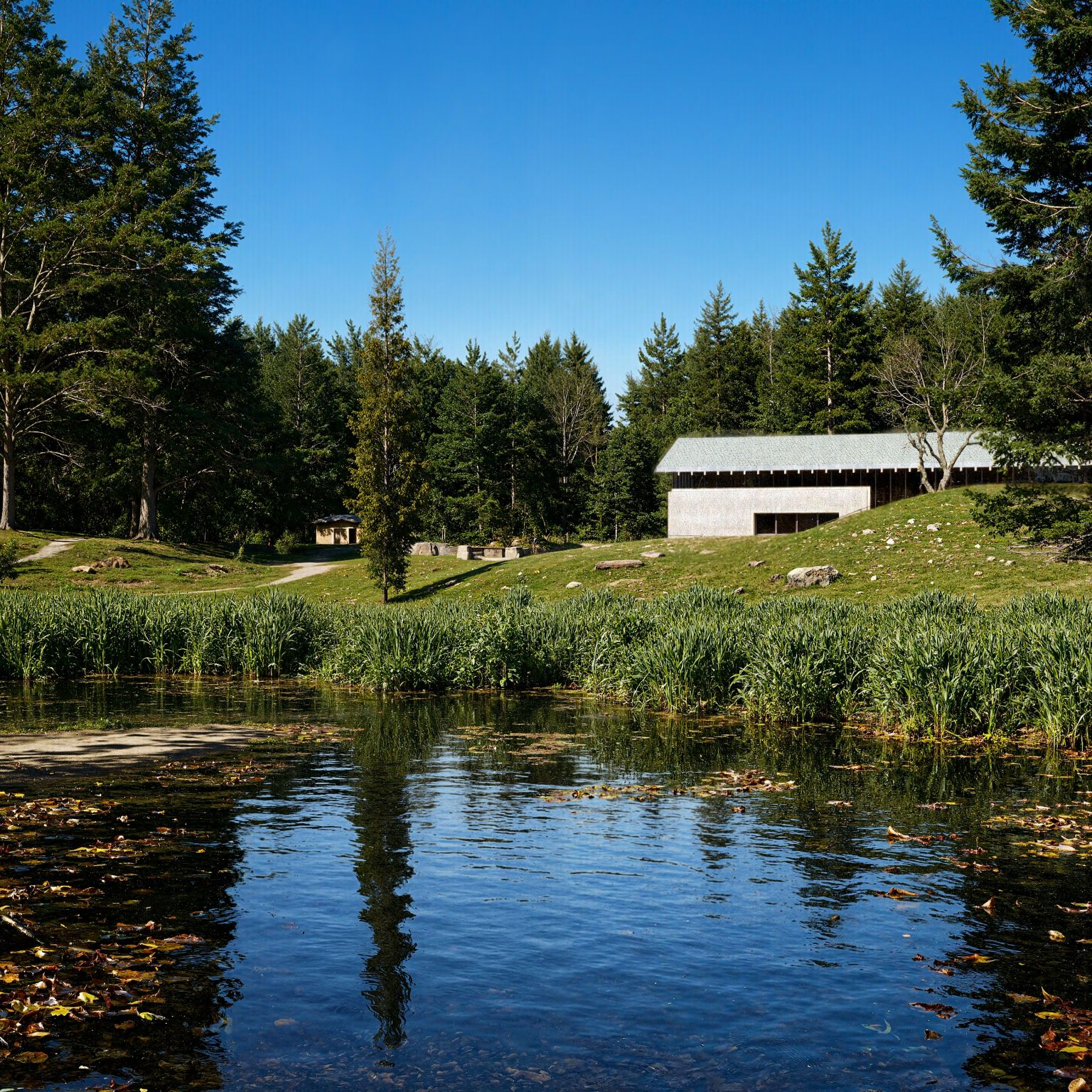


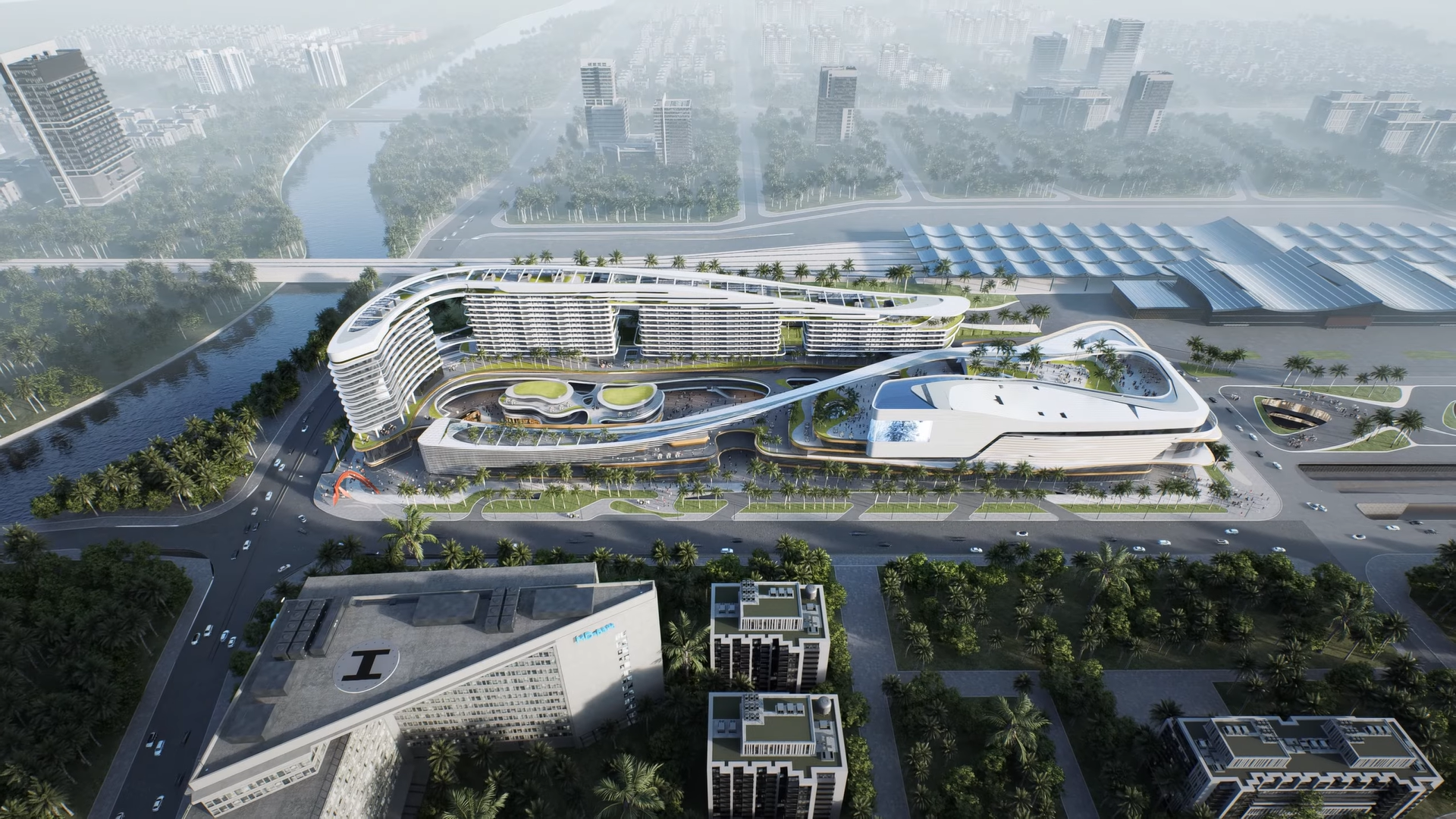
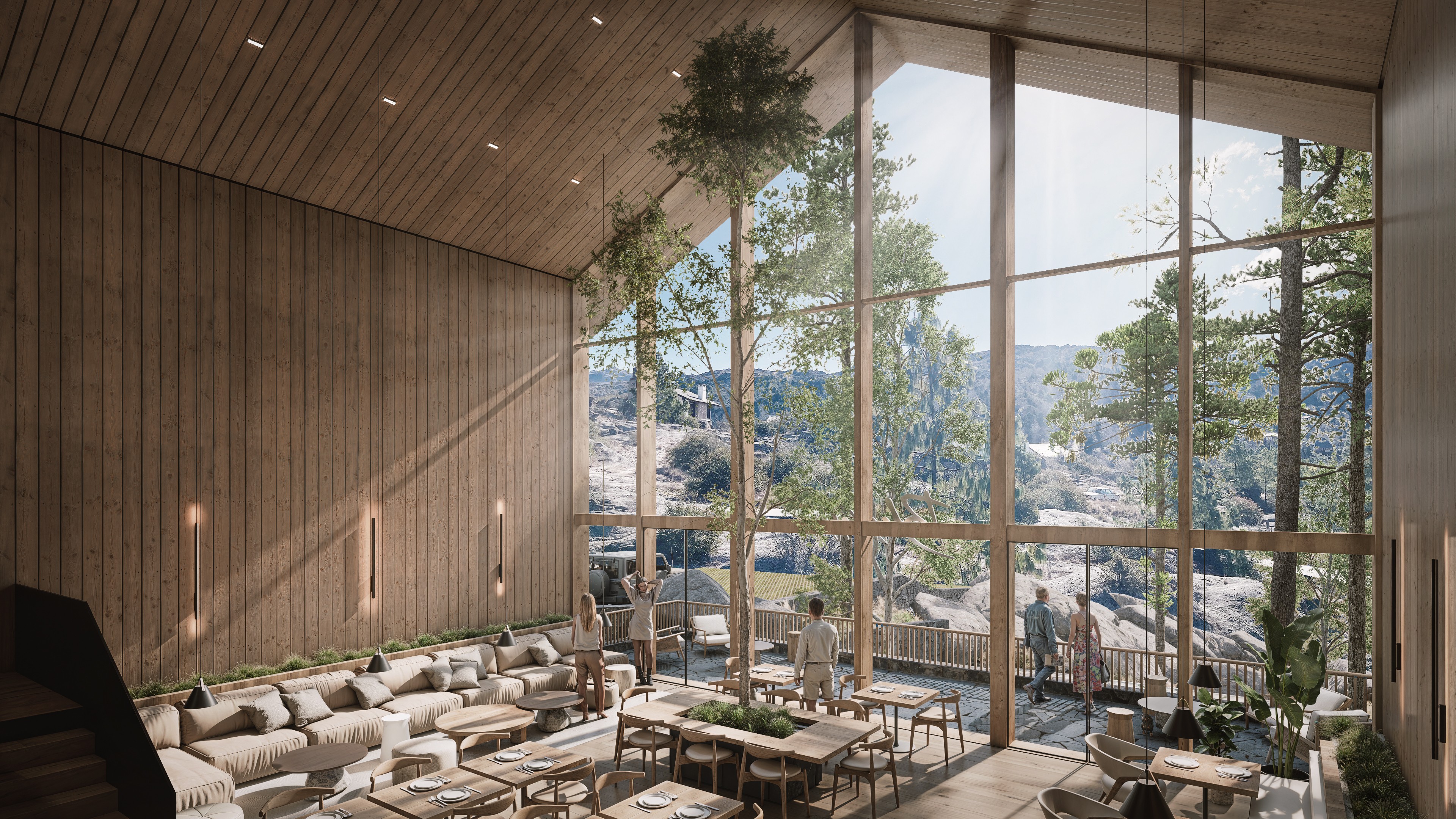
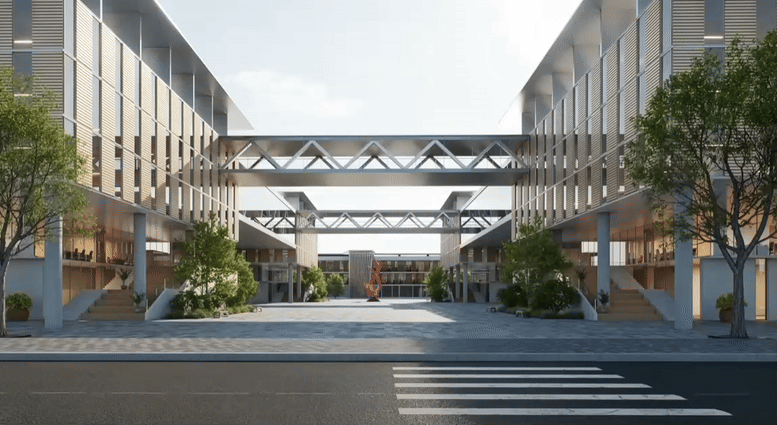
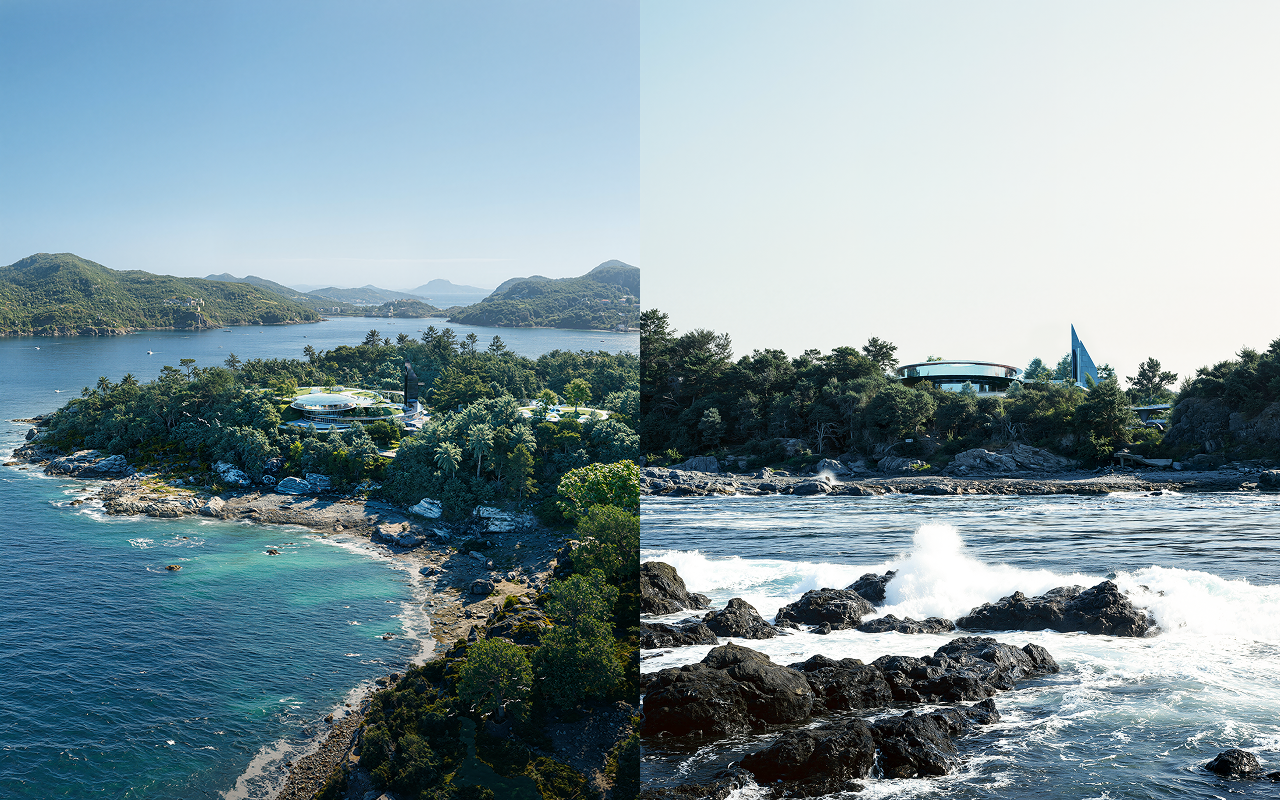
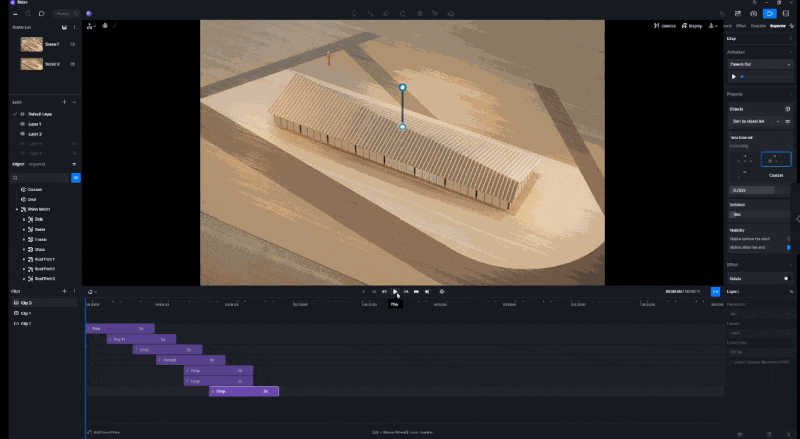
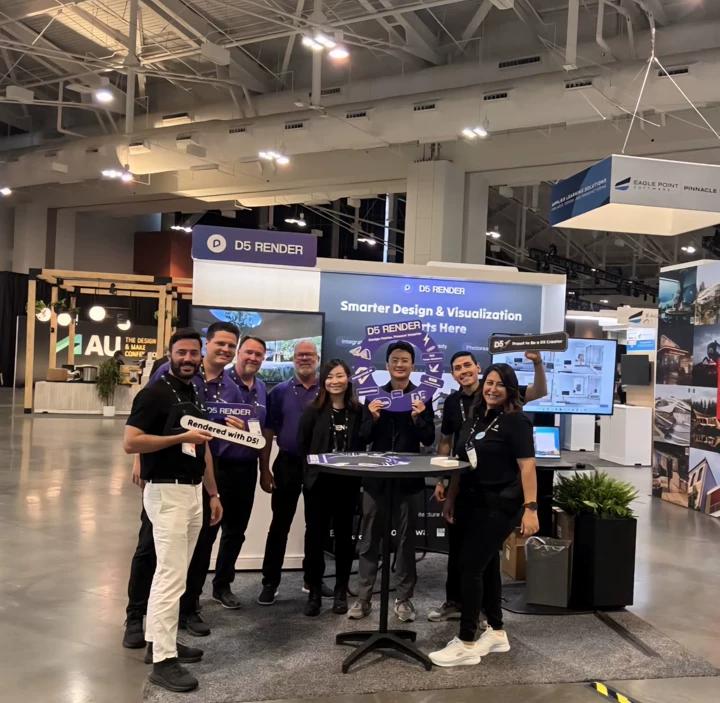

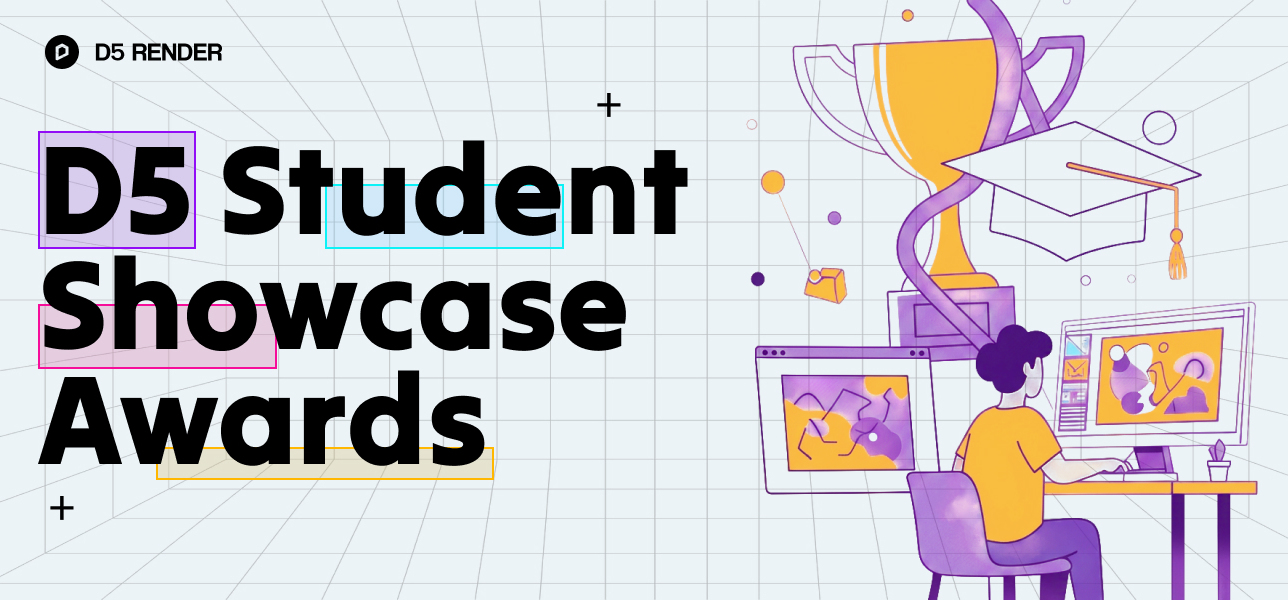

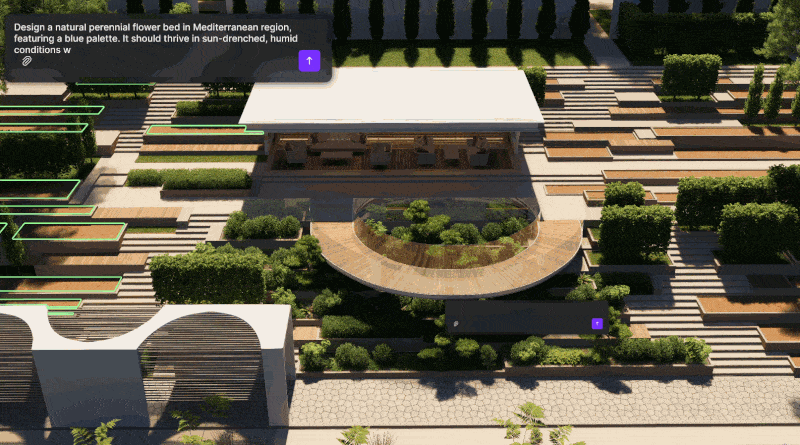
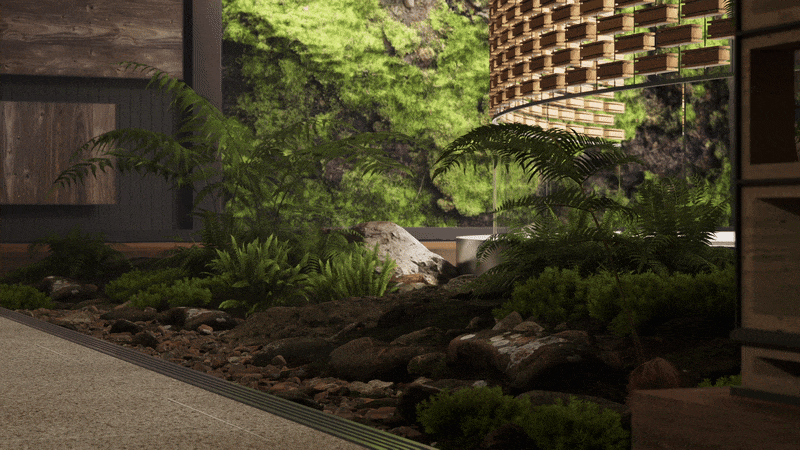

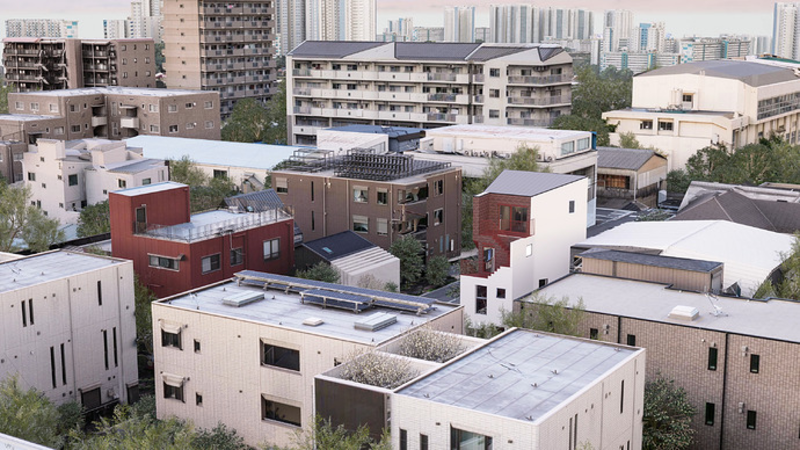
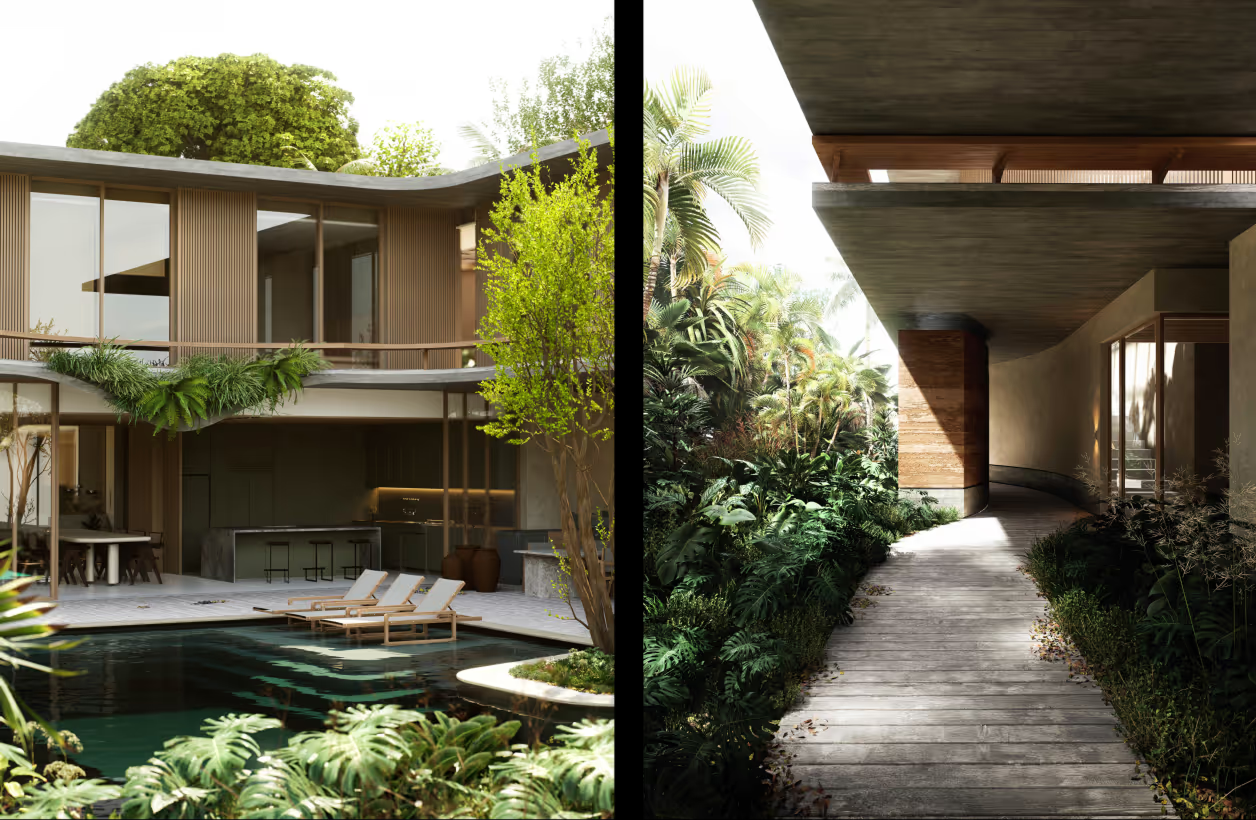
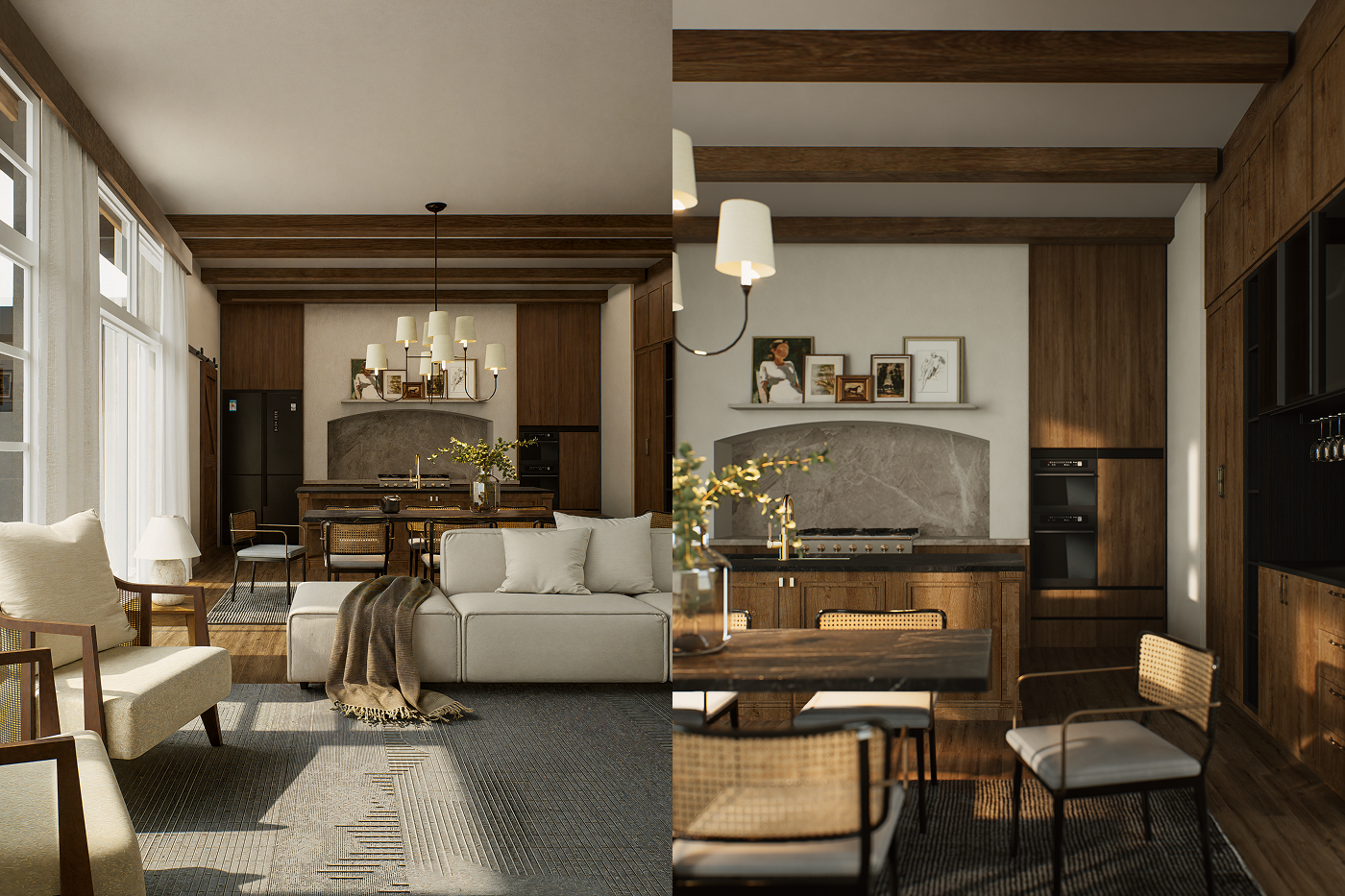
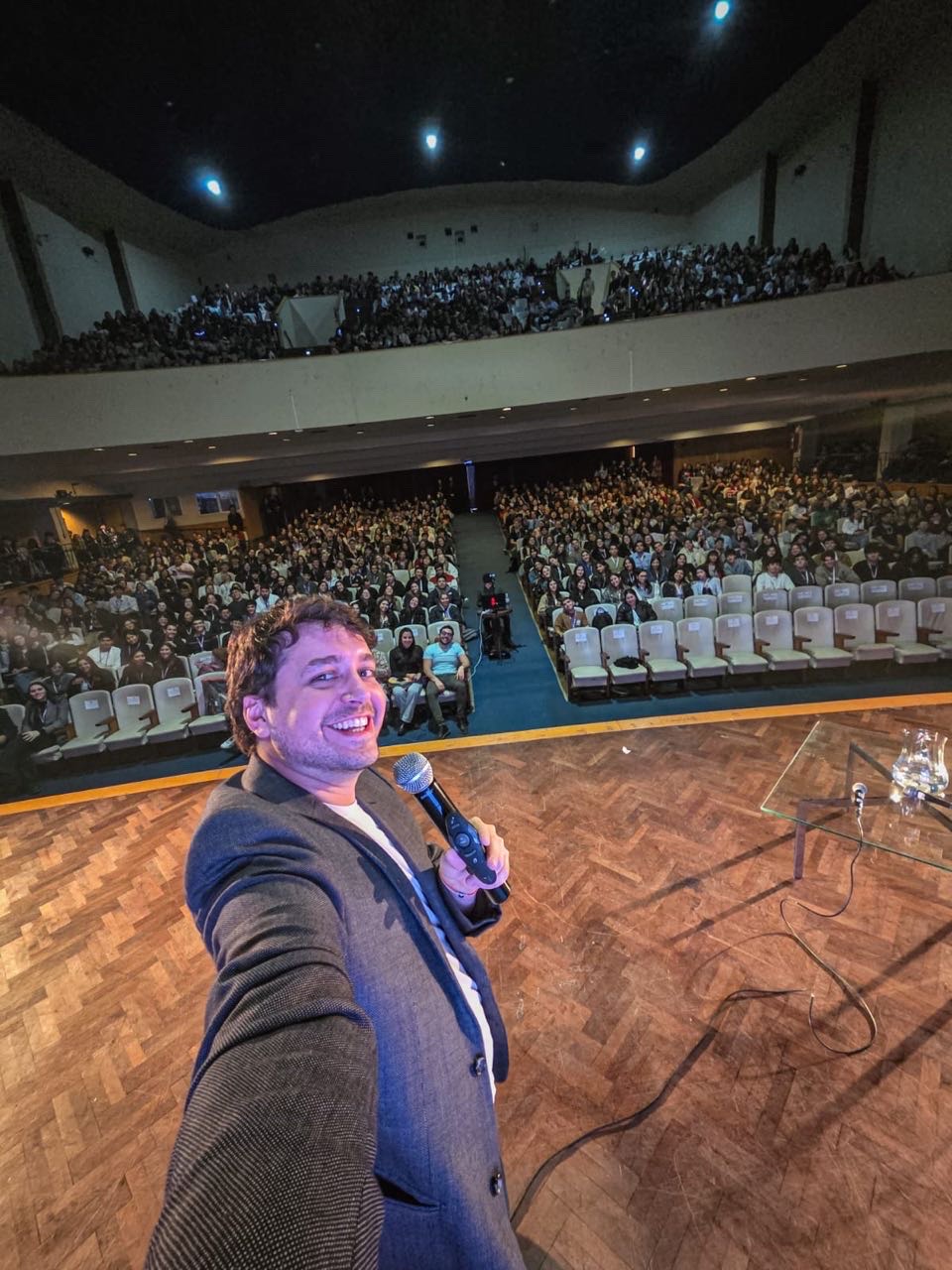
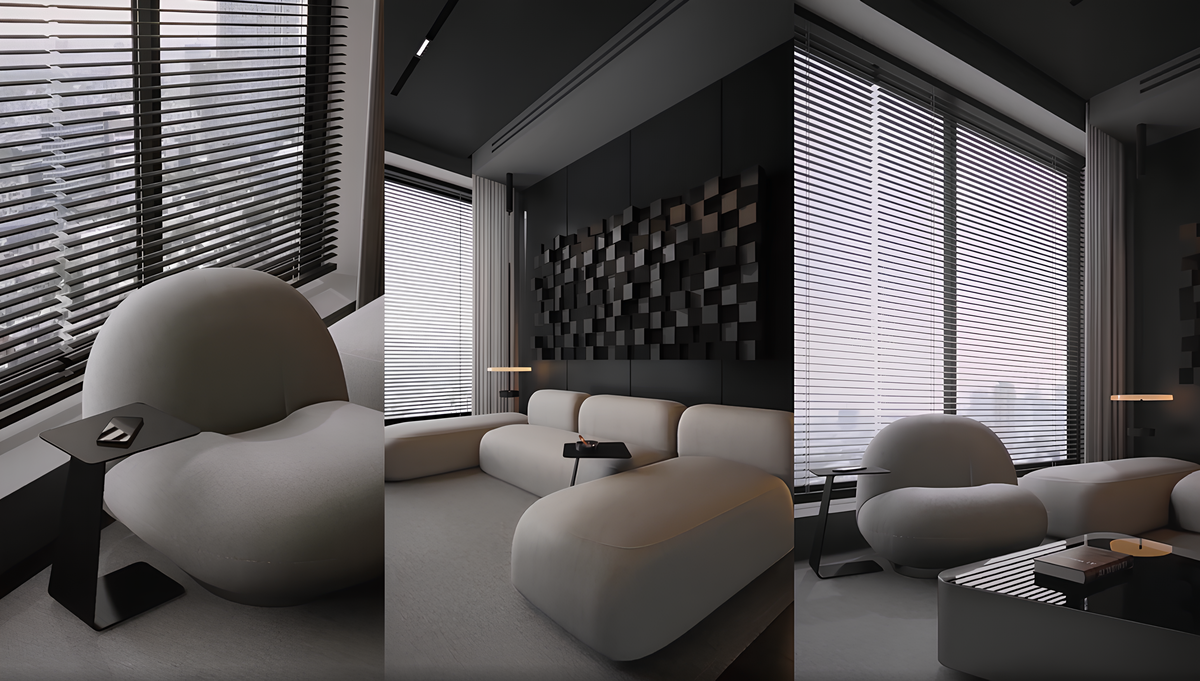
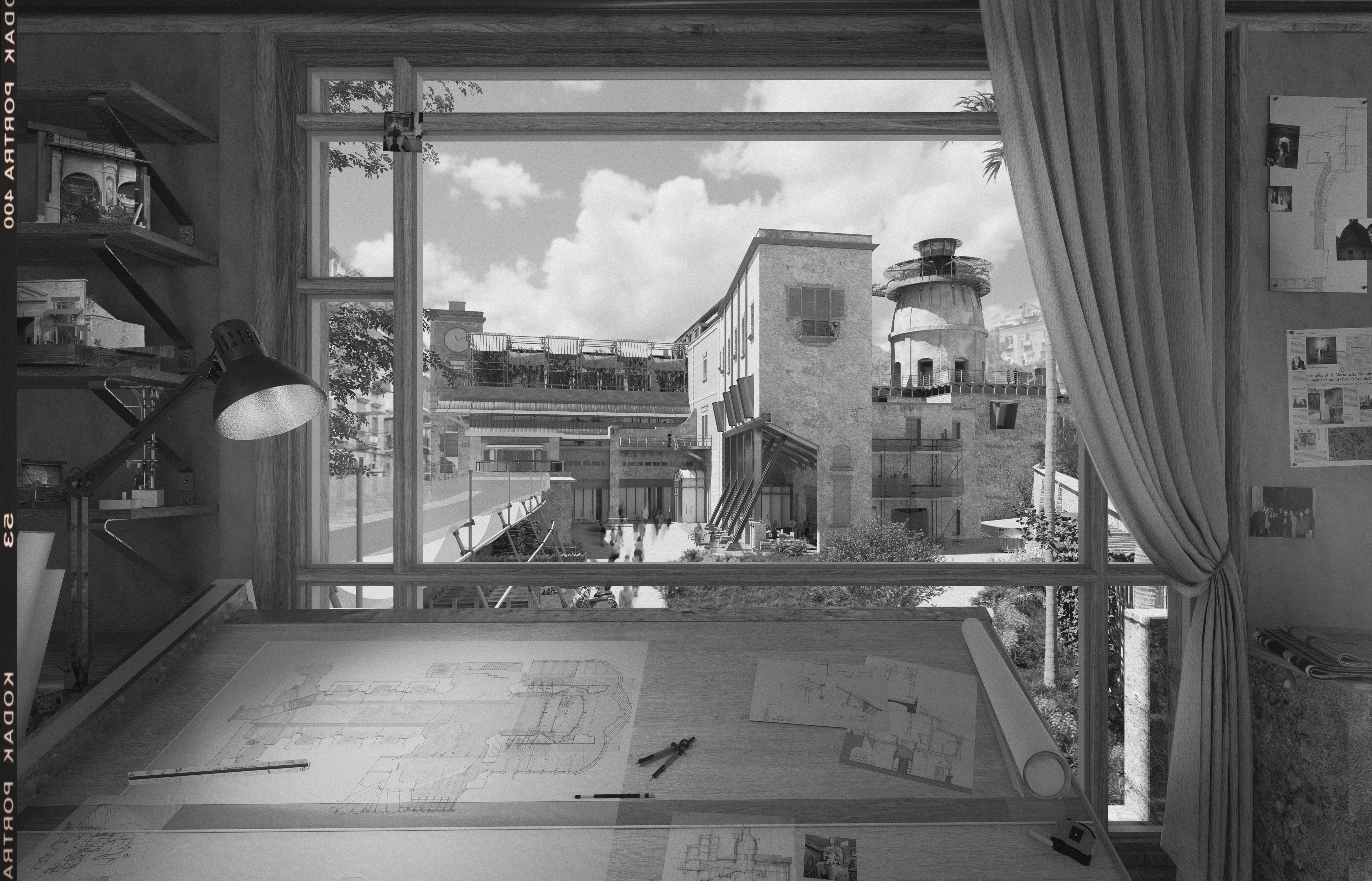

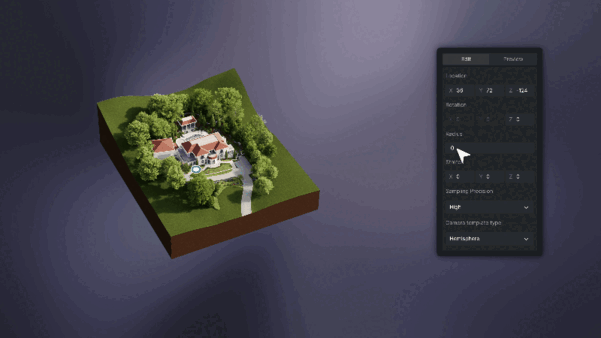

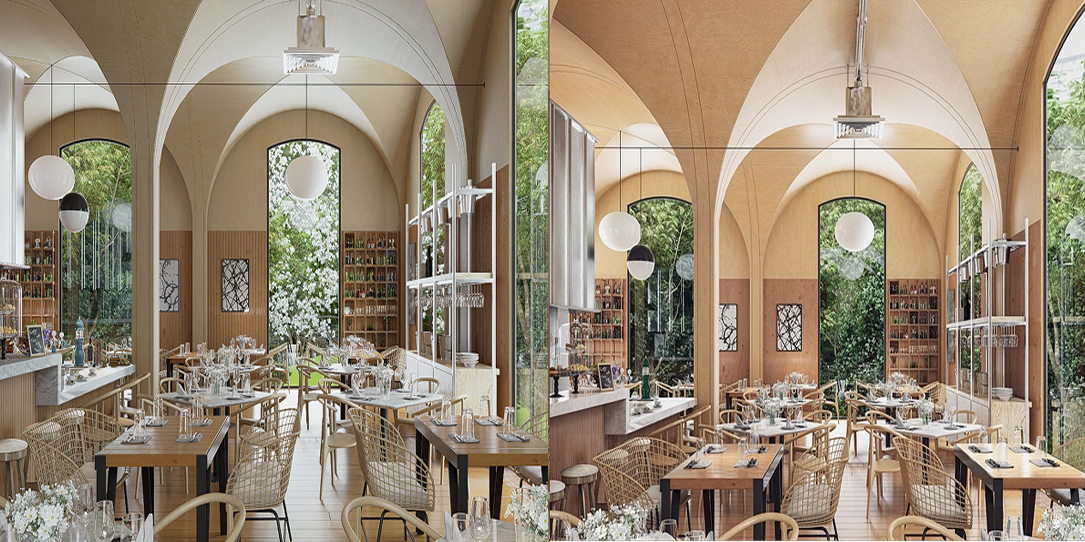
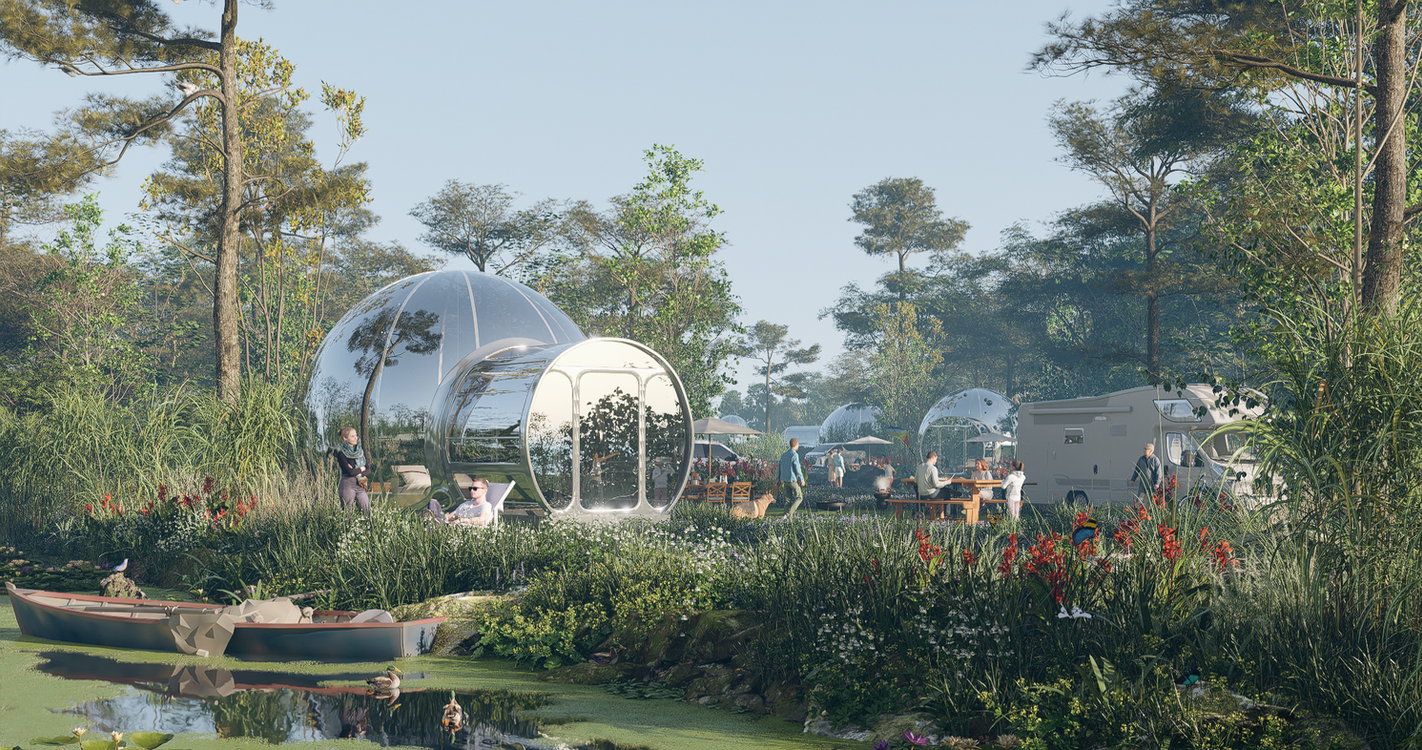
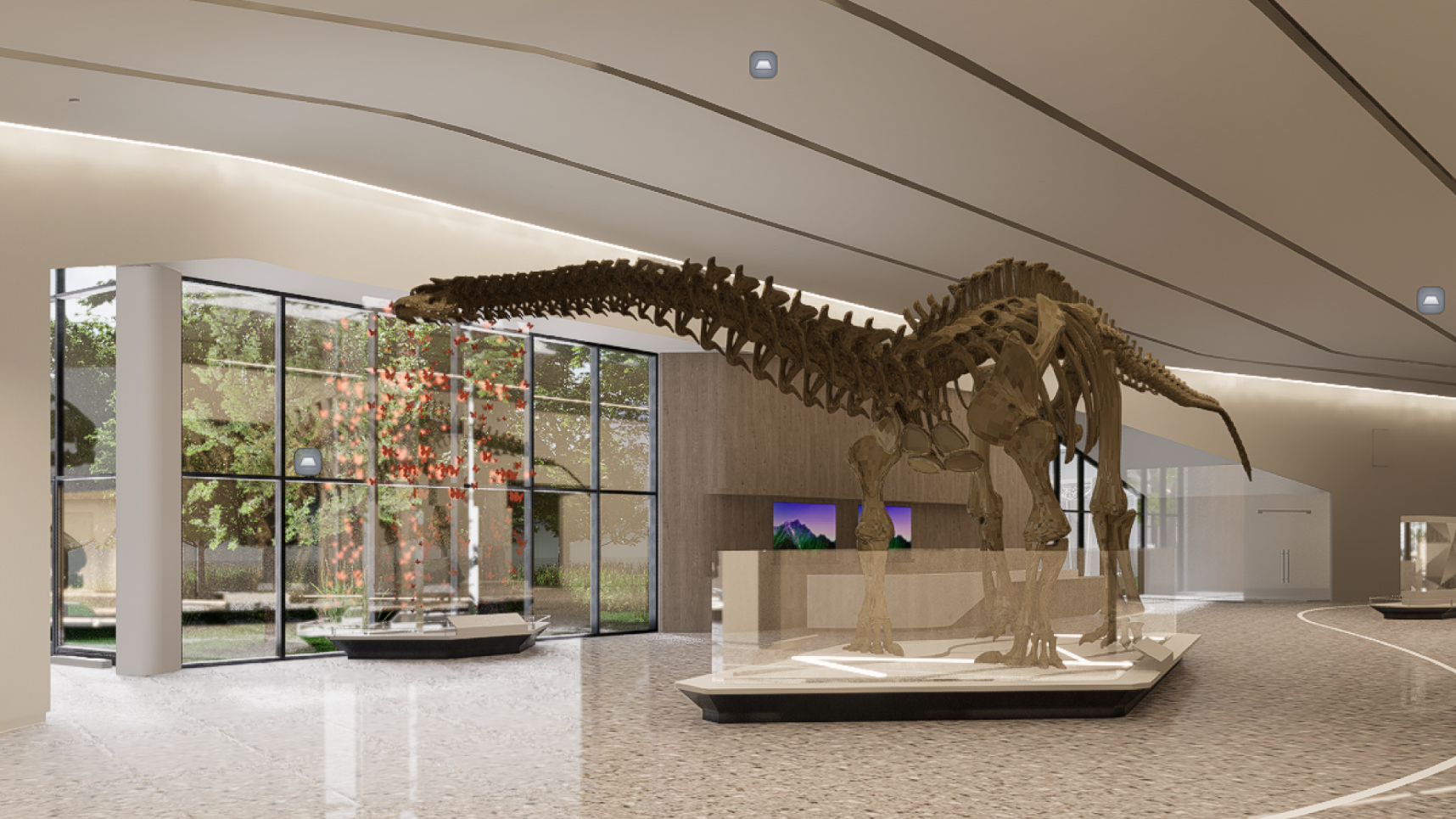
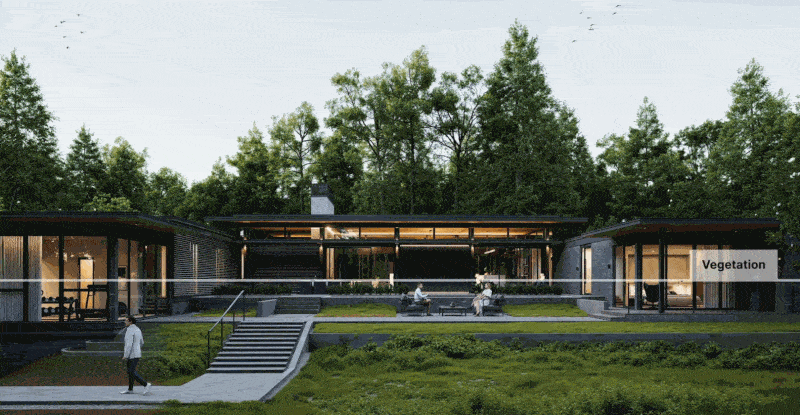
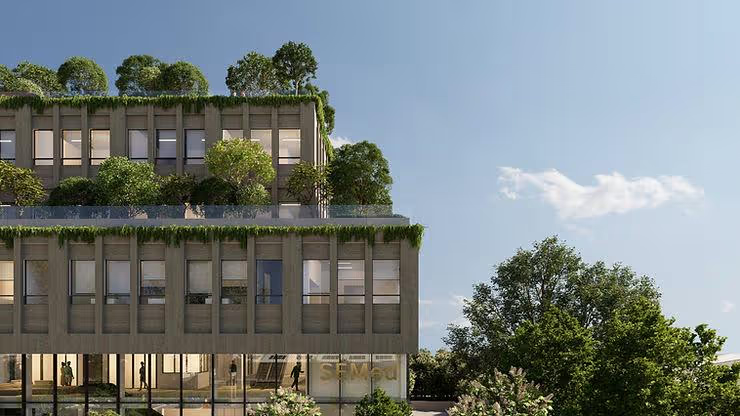
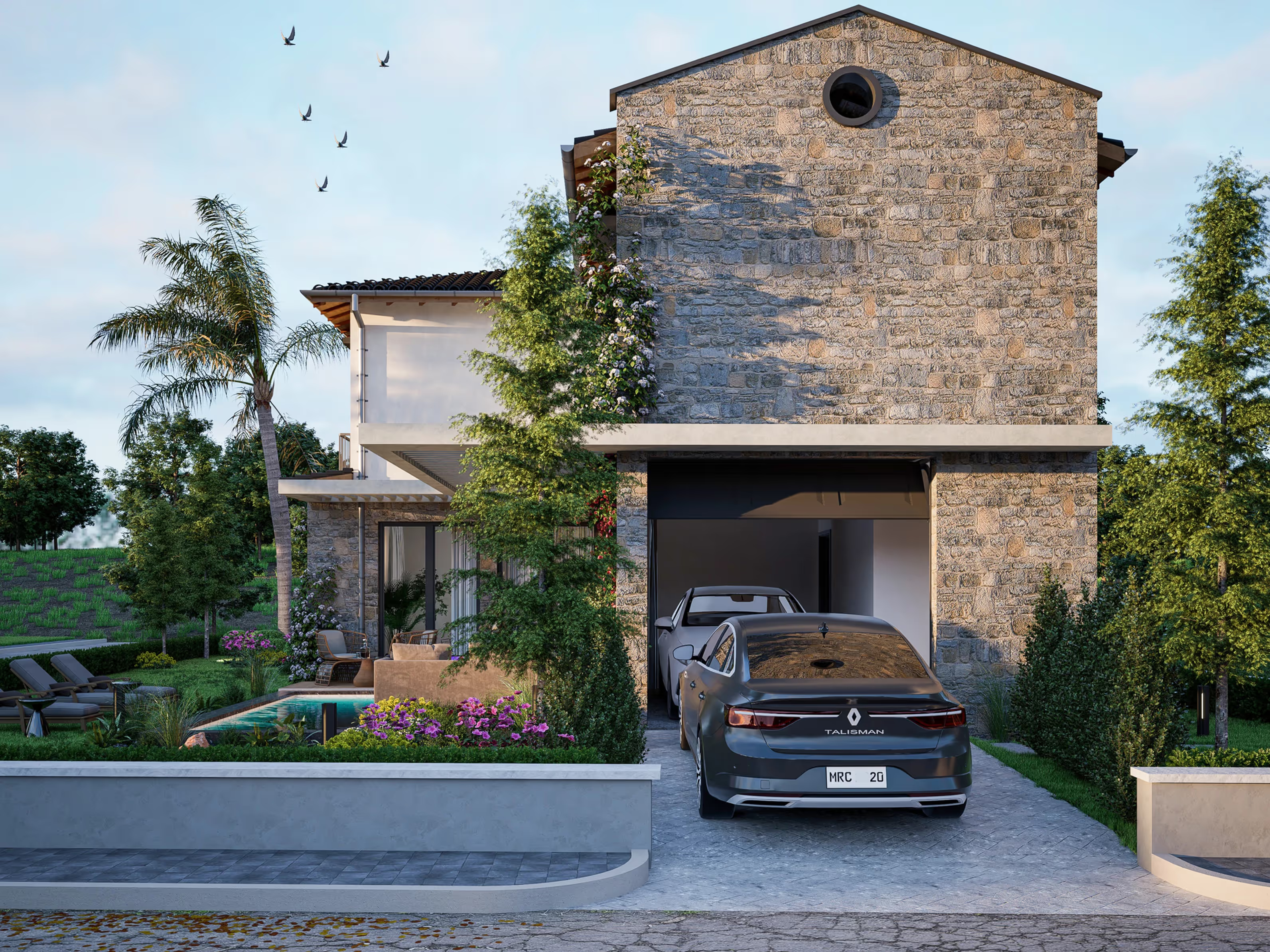
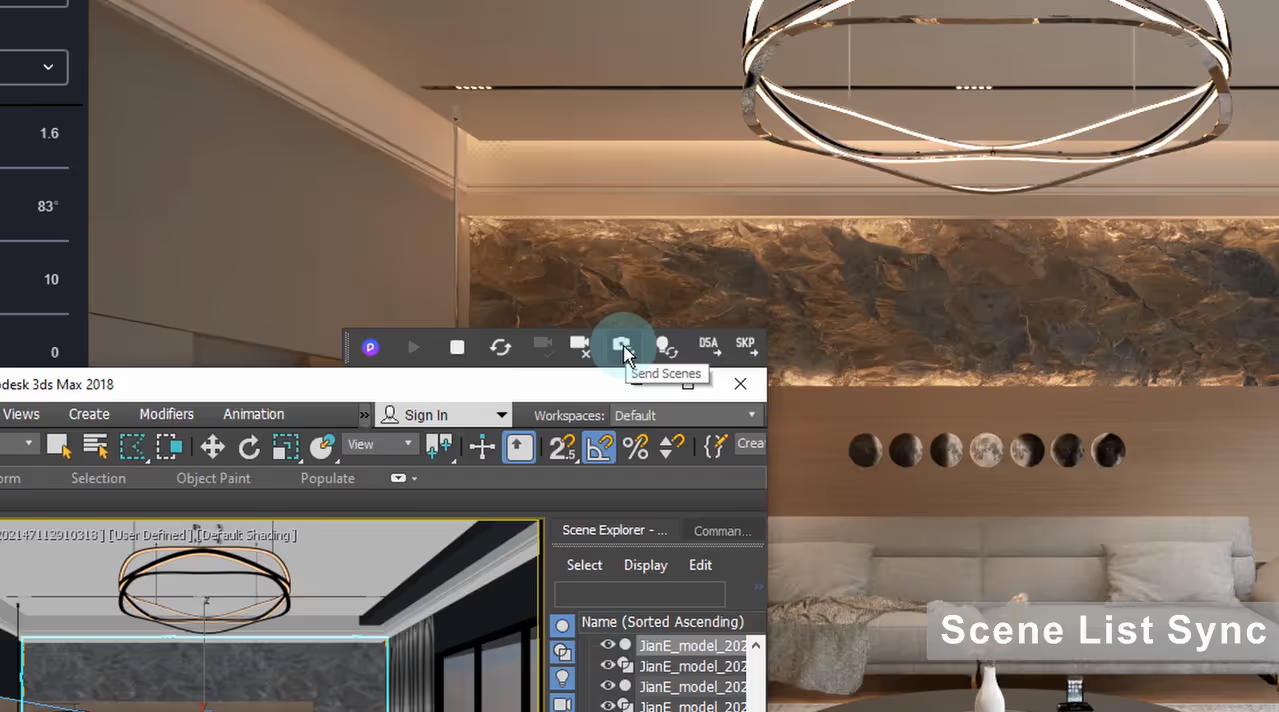


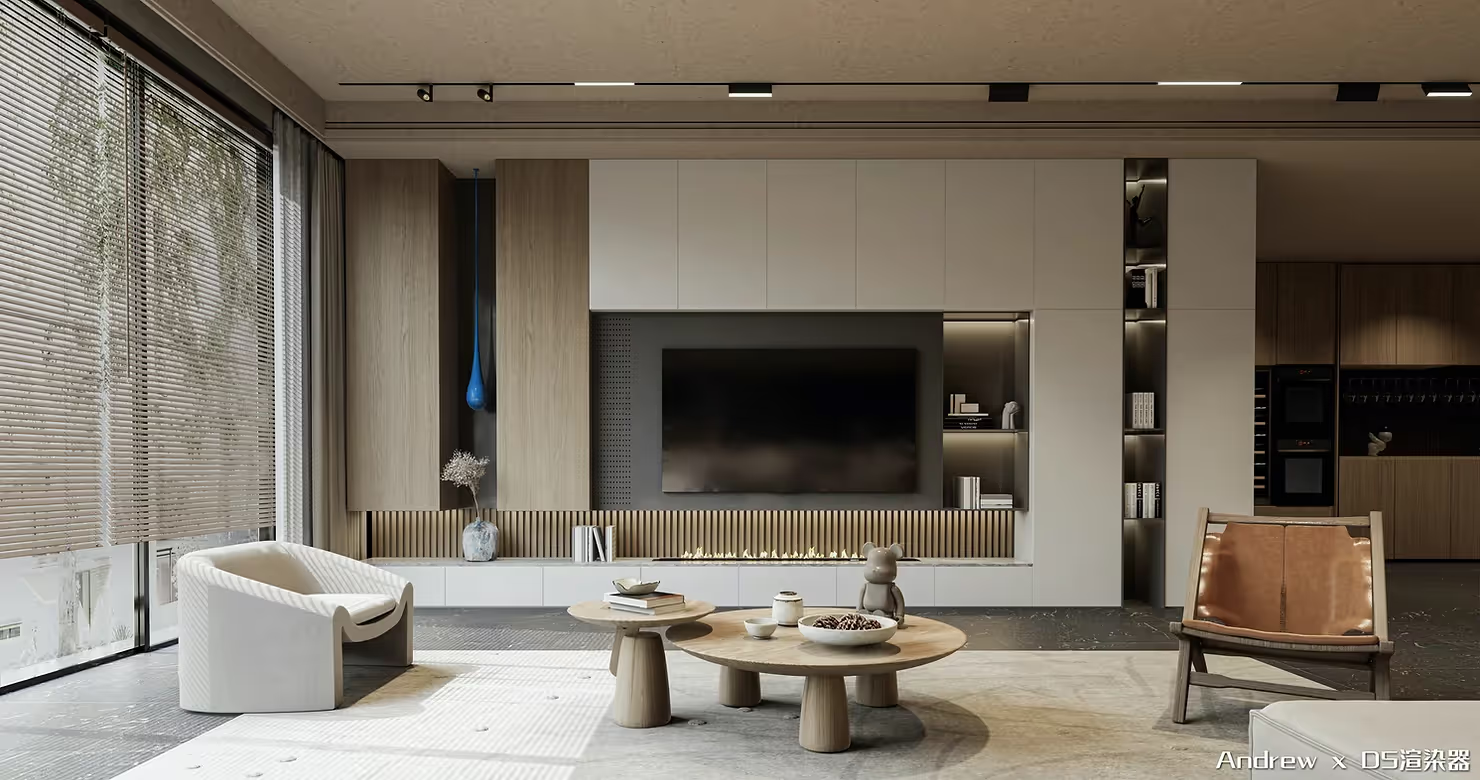
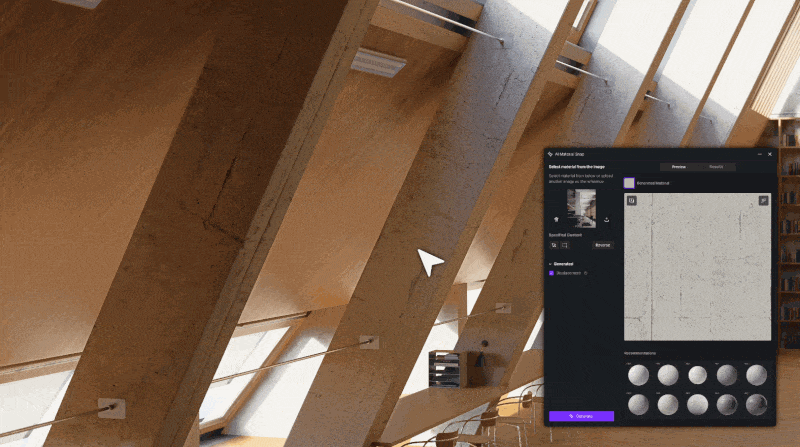
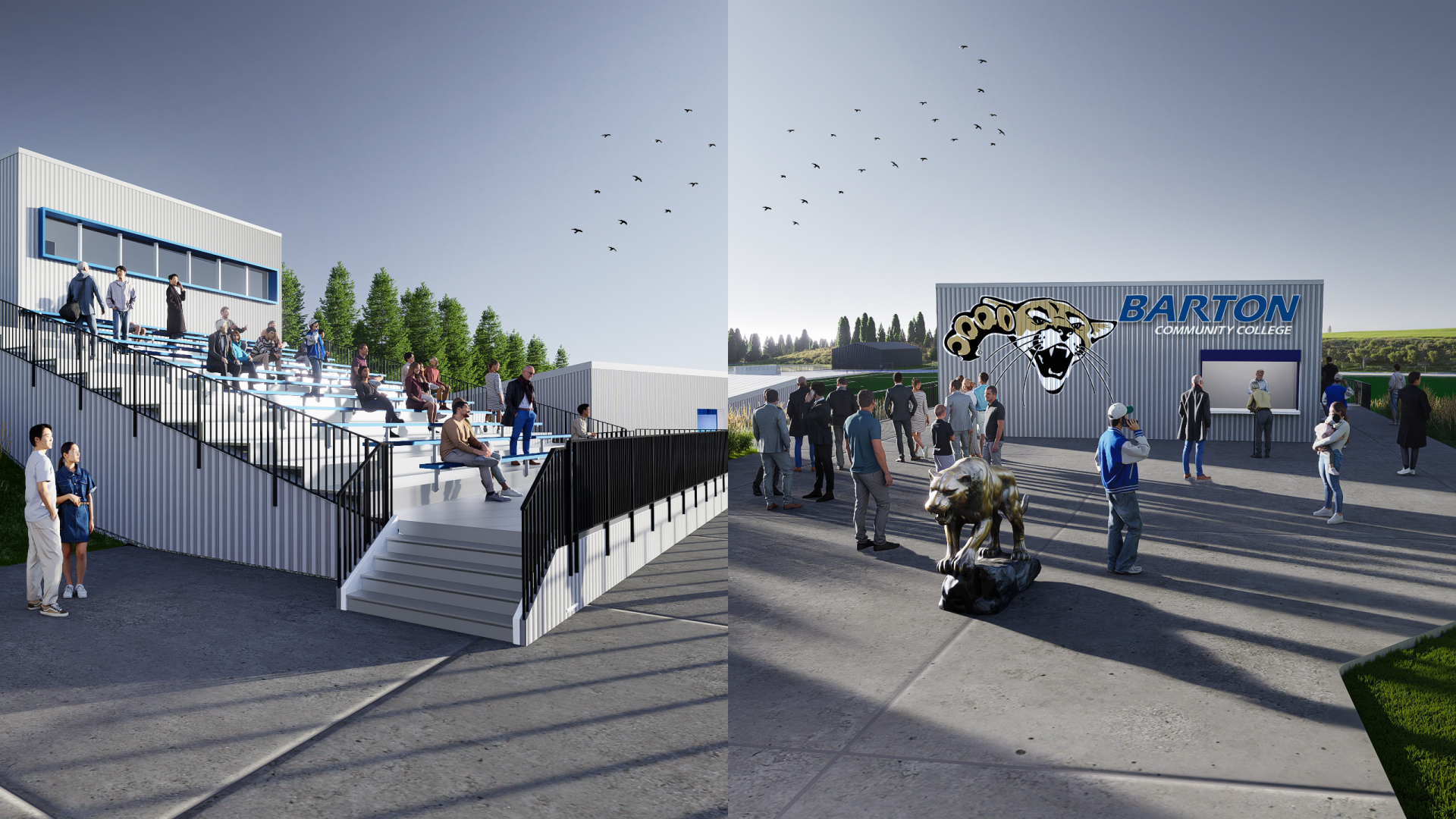
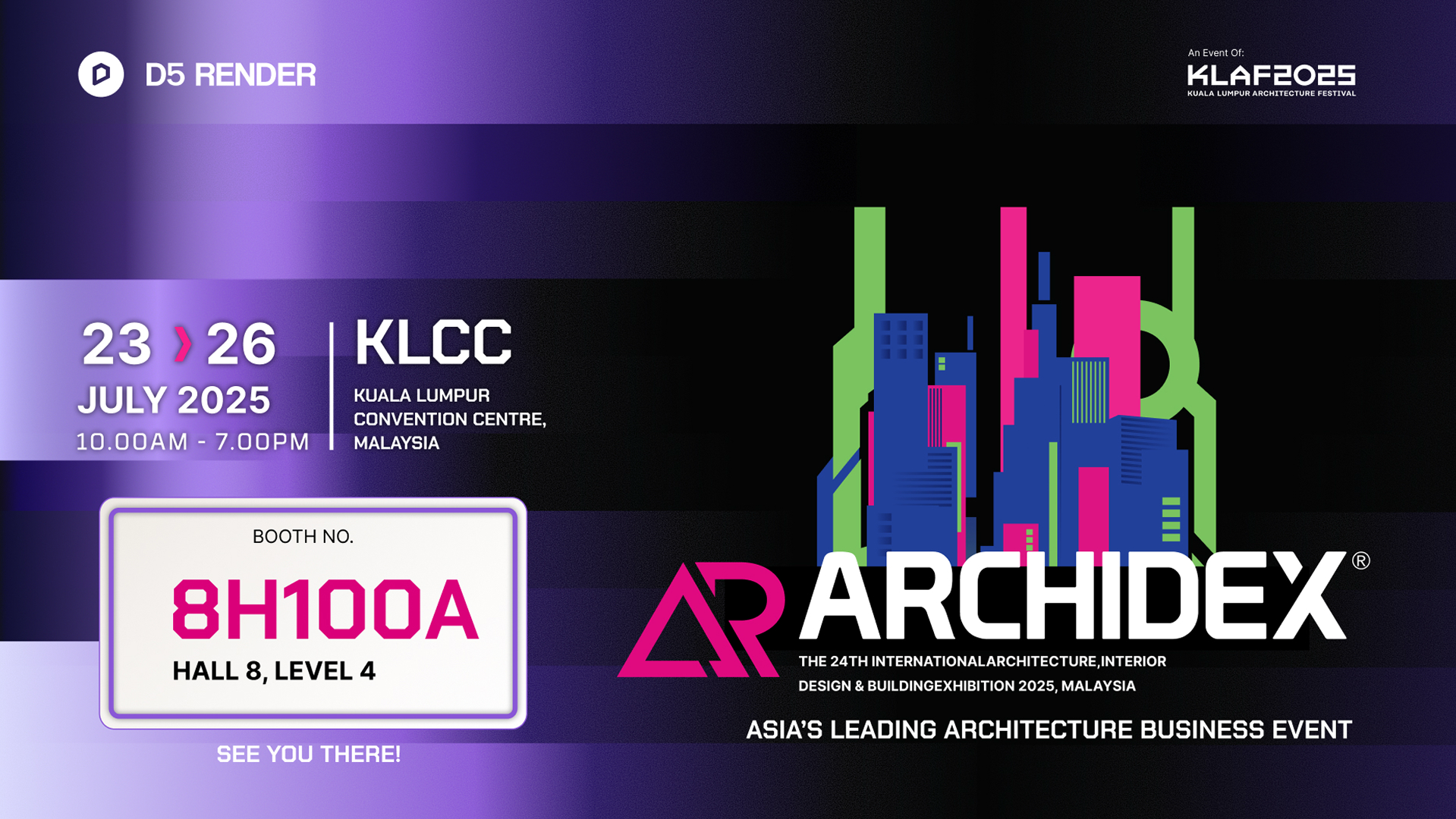
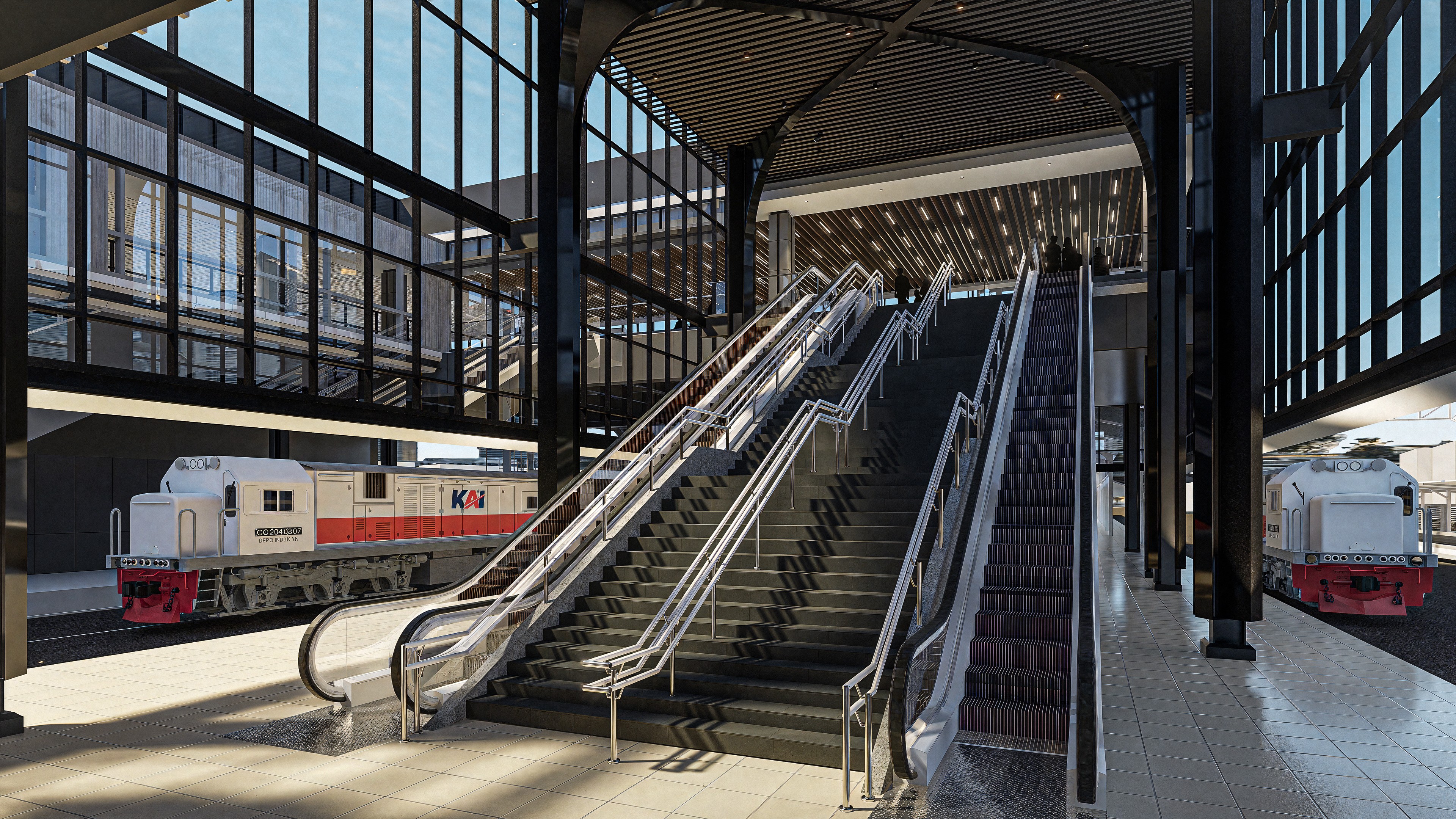
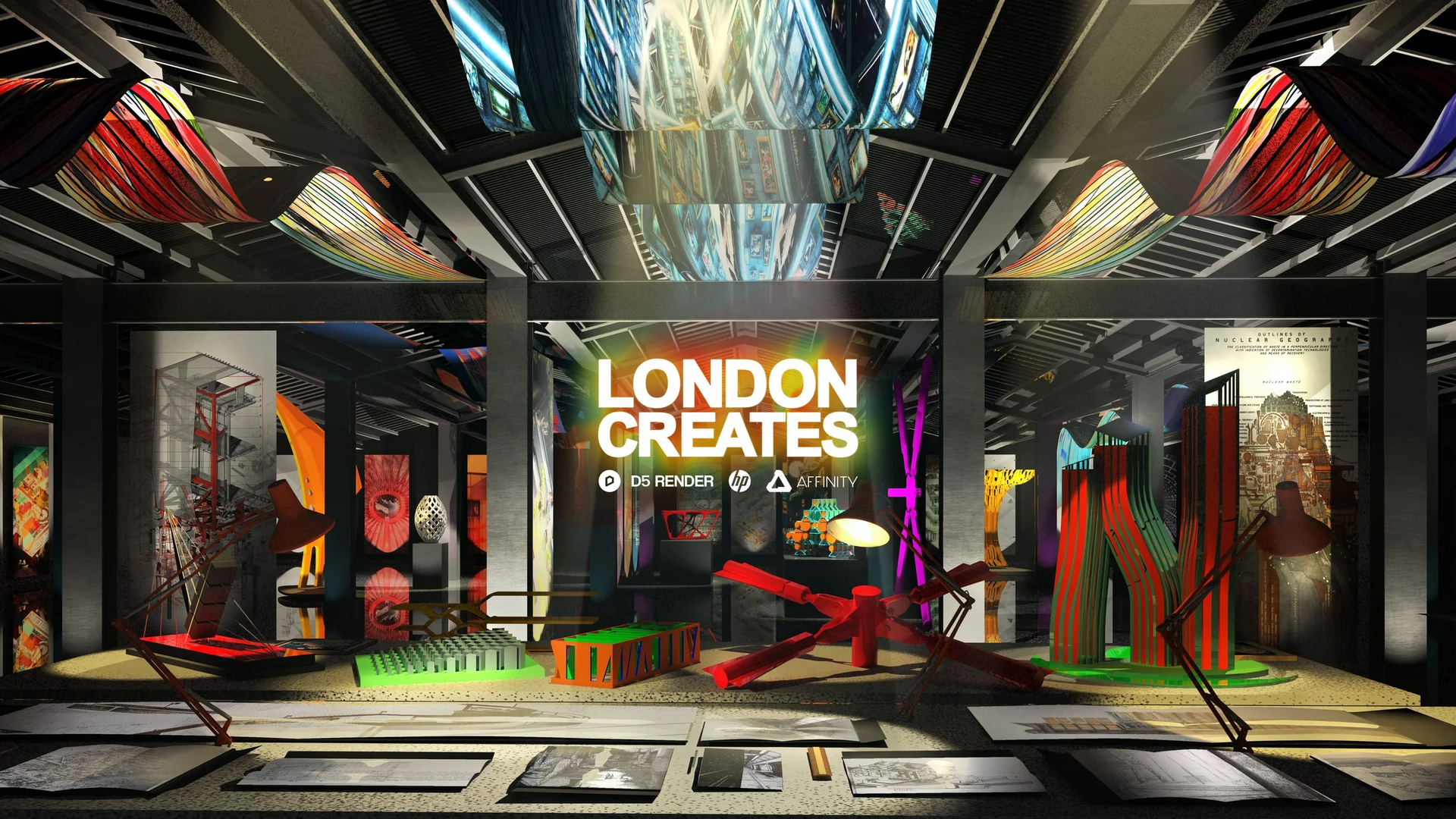
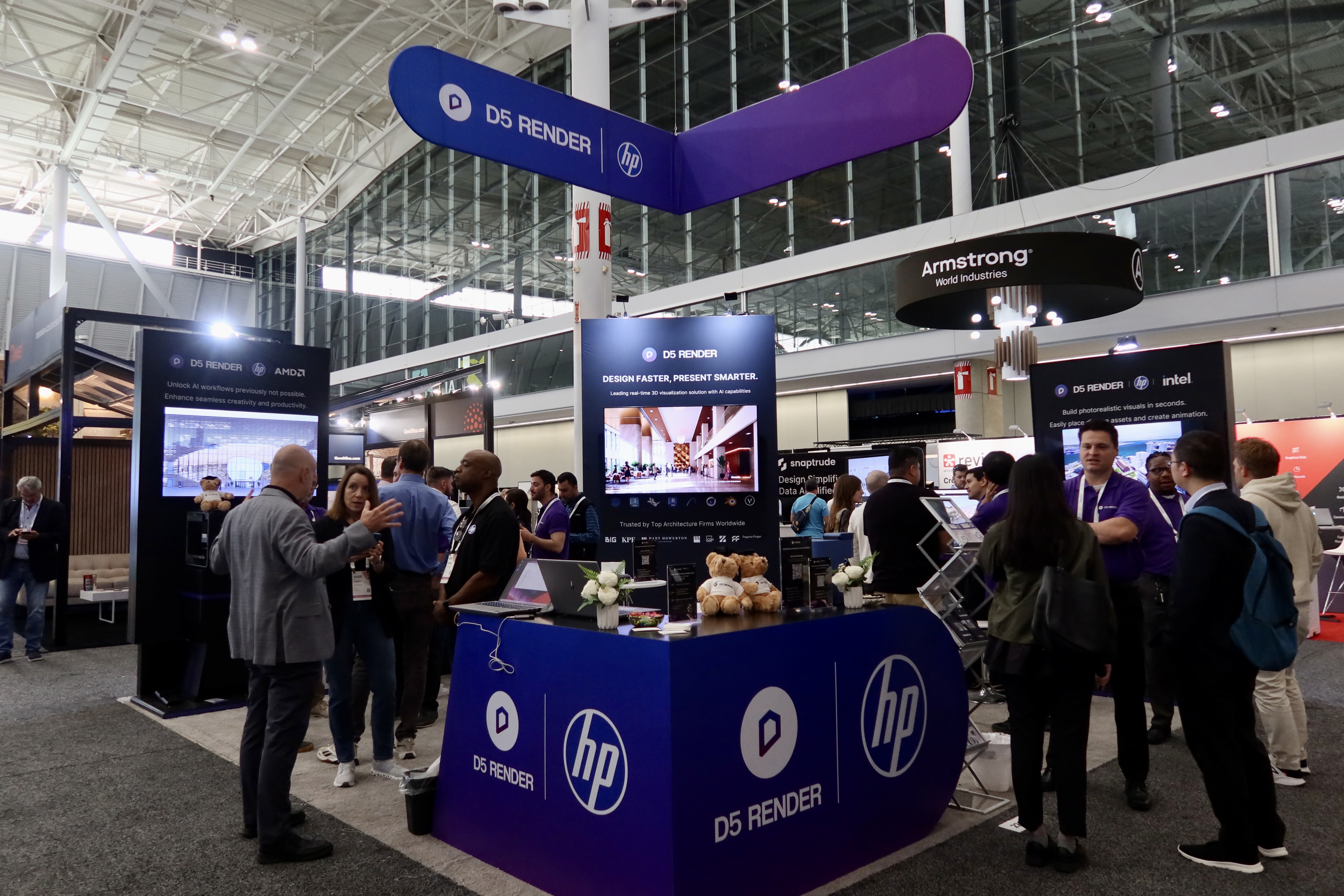
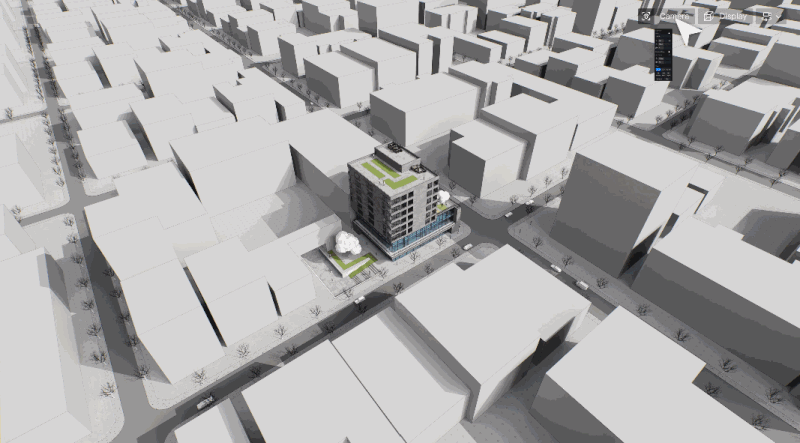

.png)
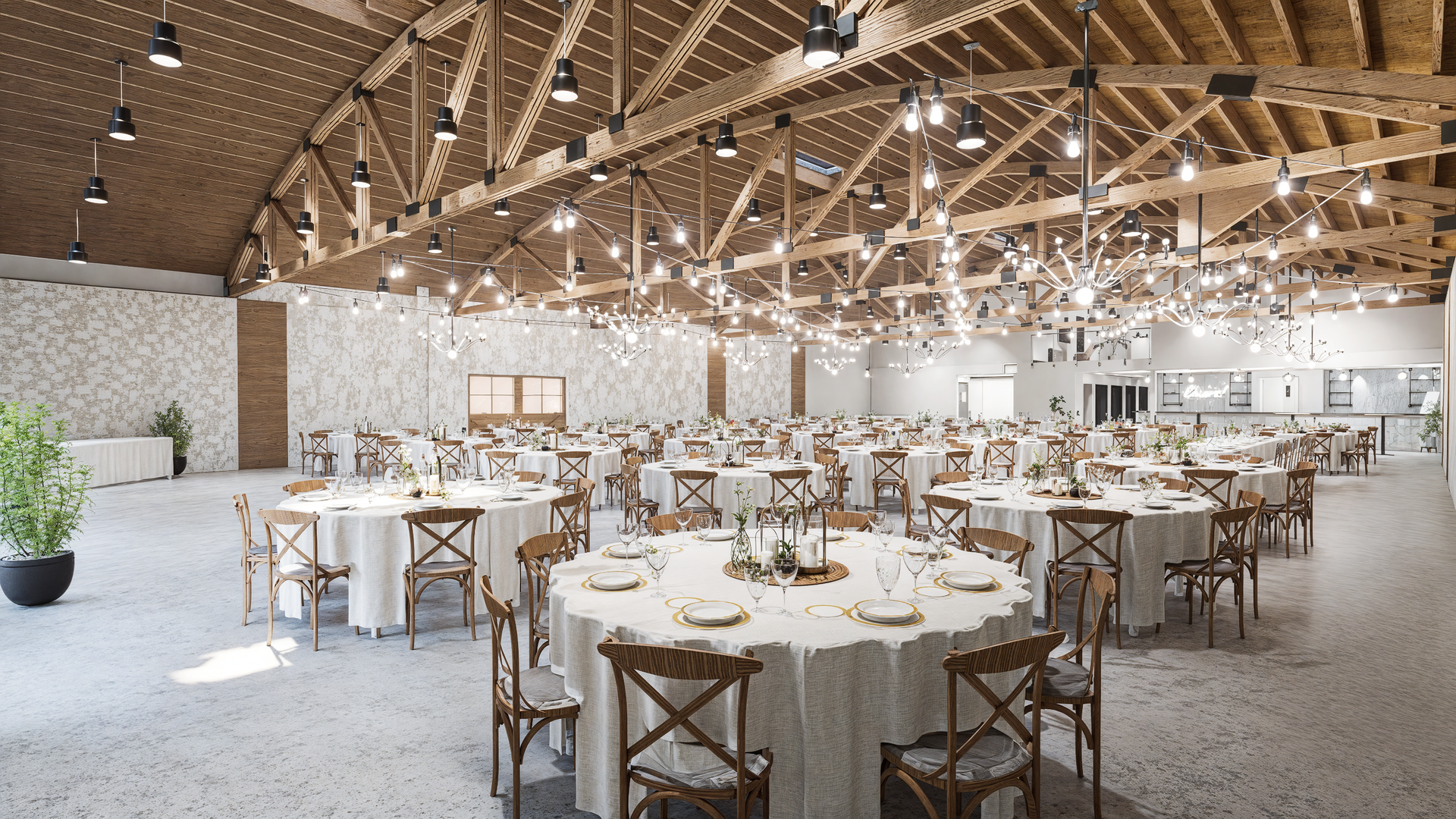
.png)
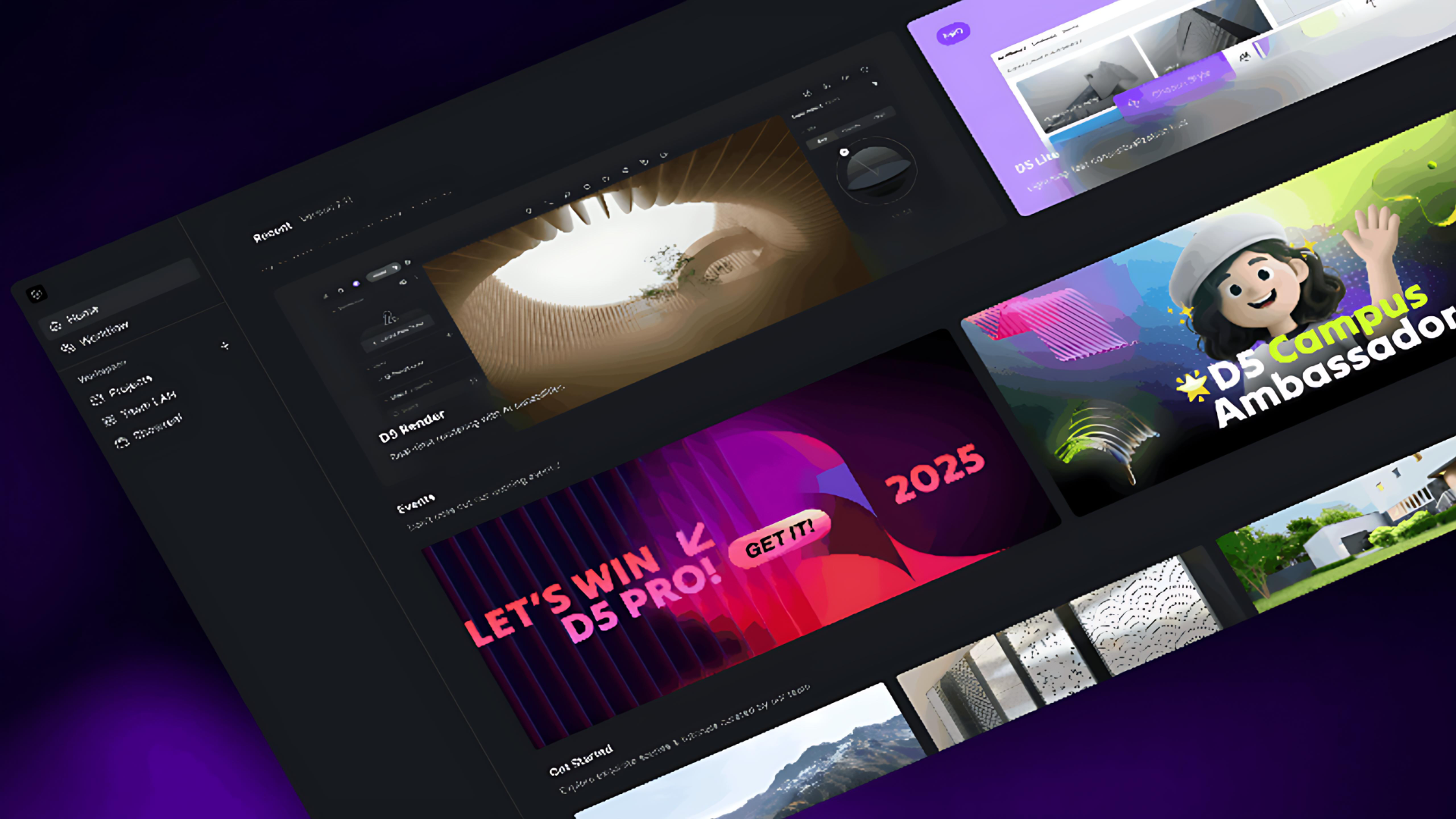
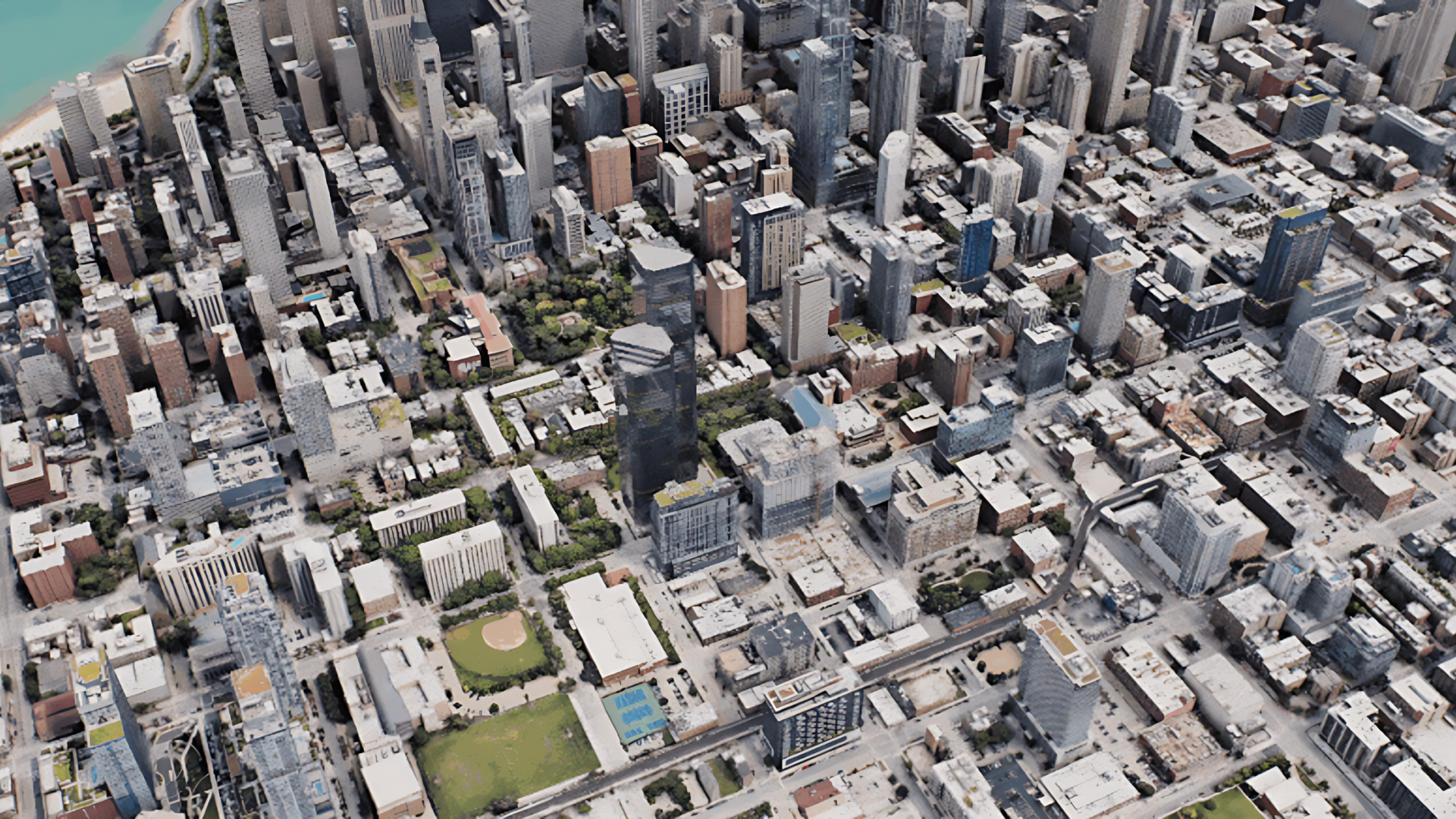
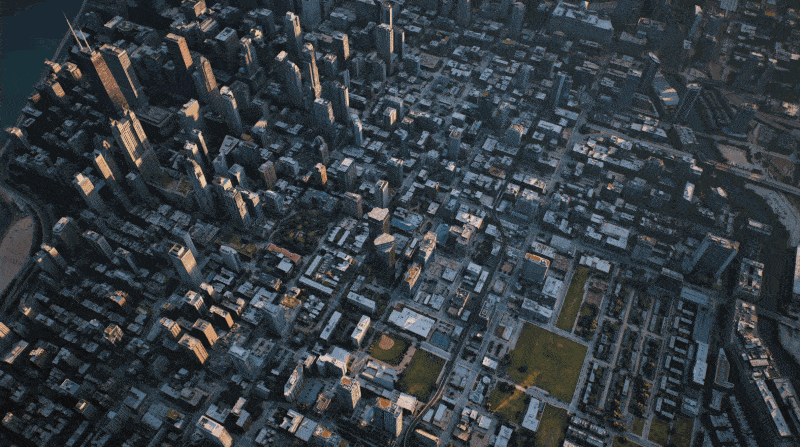
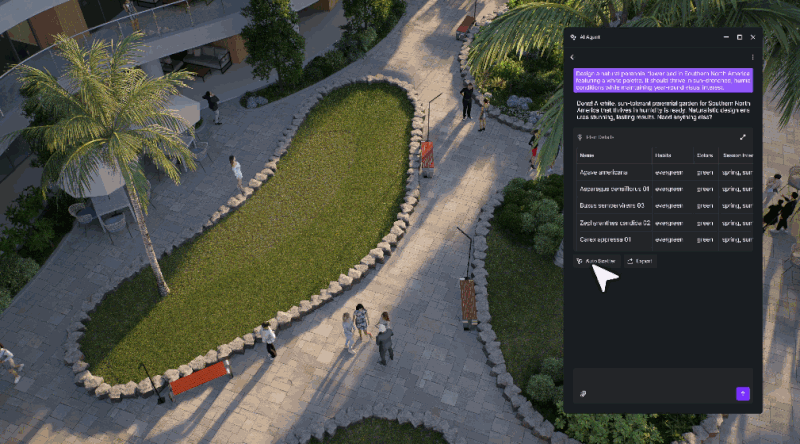
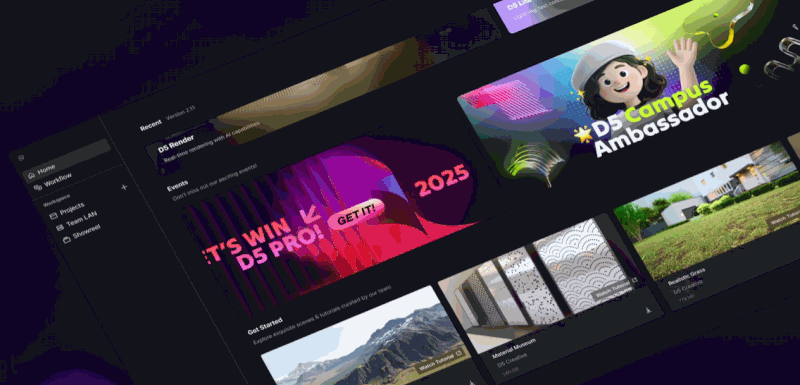
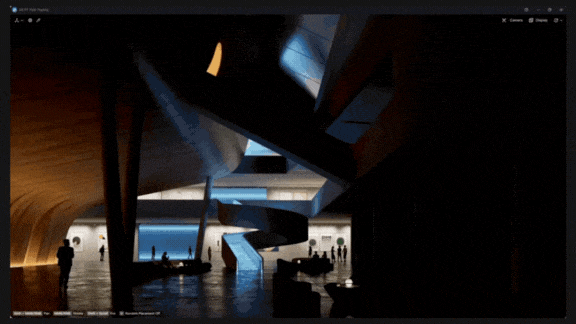
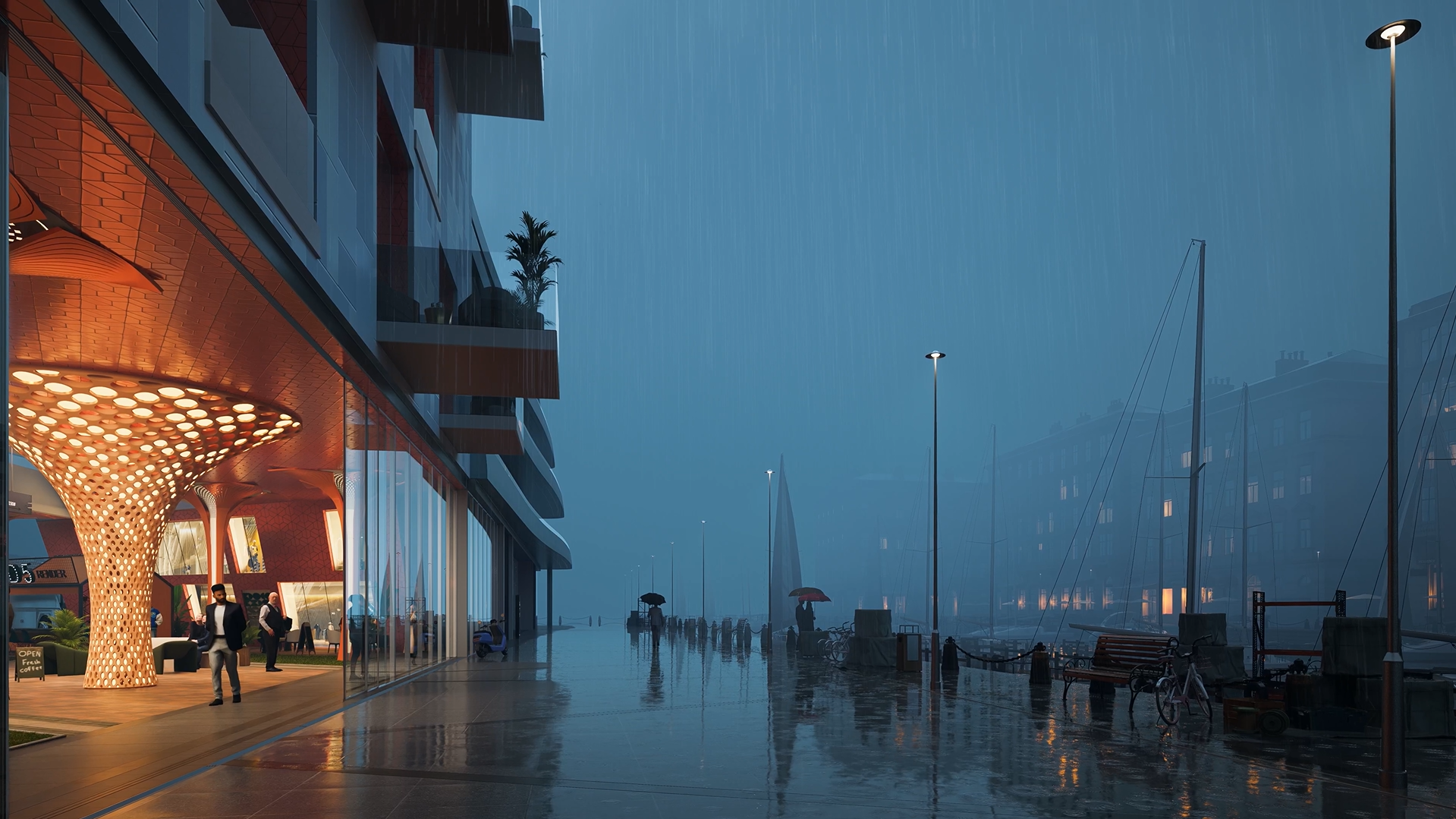
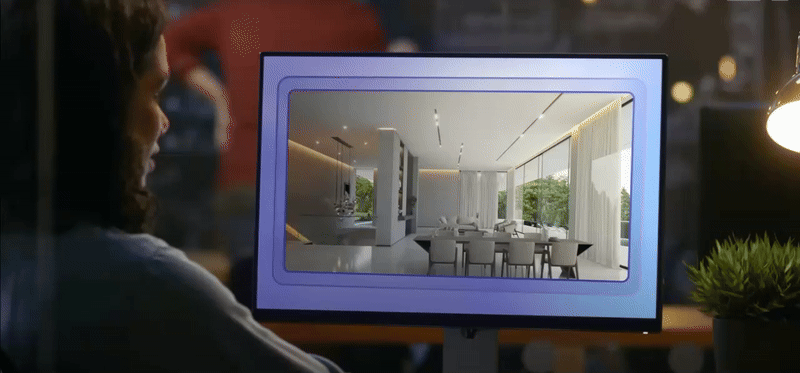






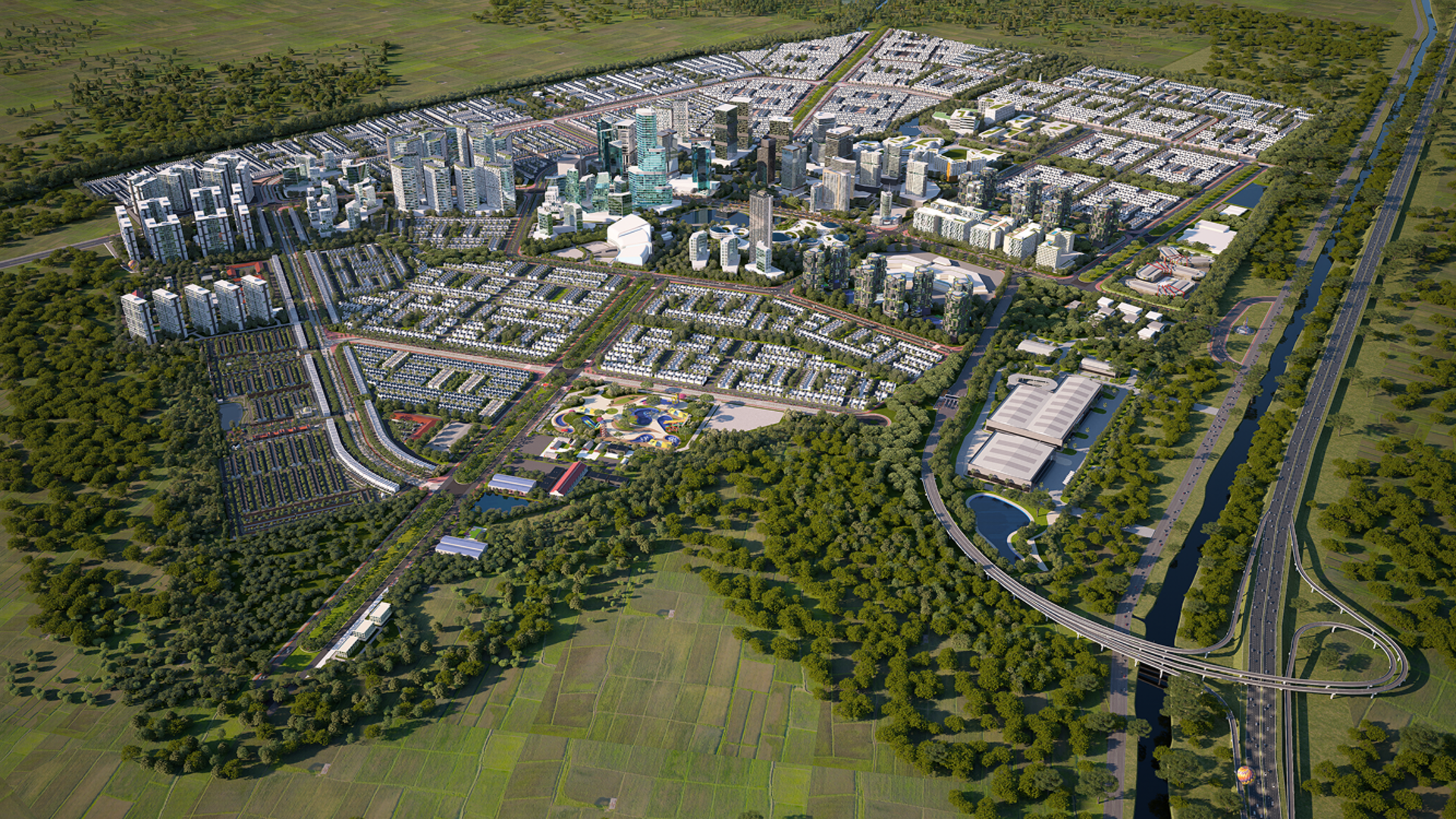








.png)





